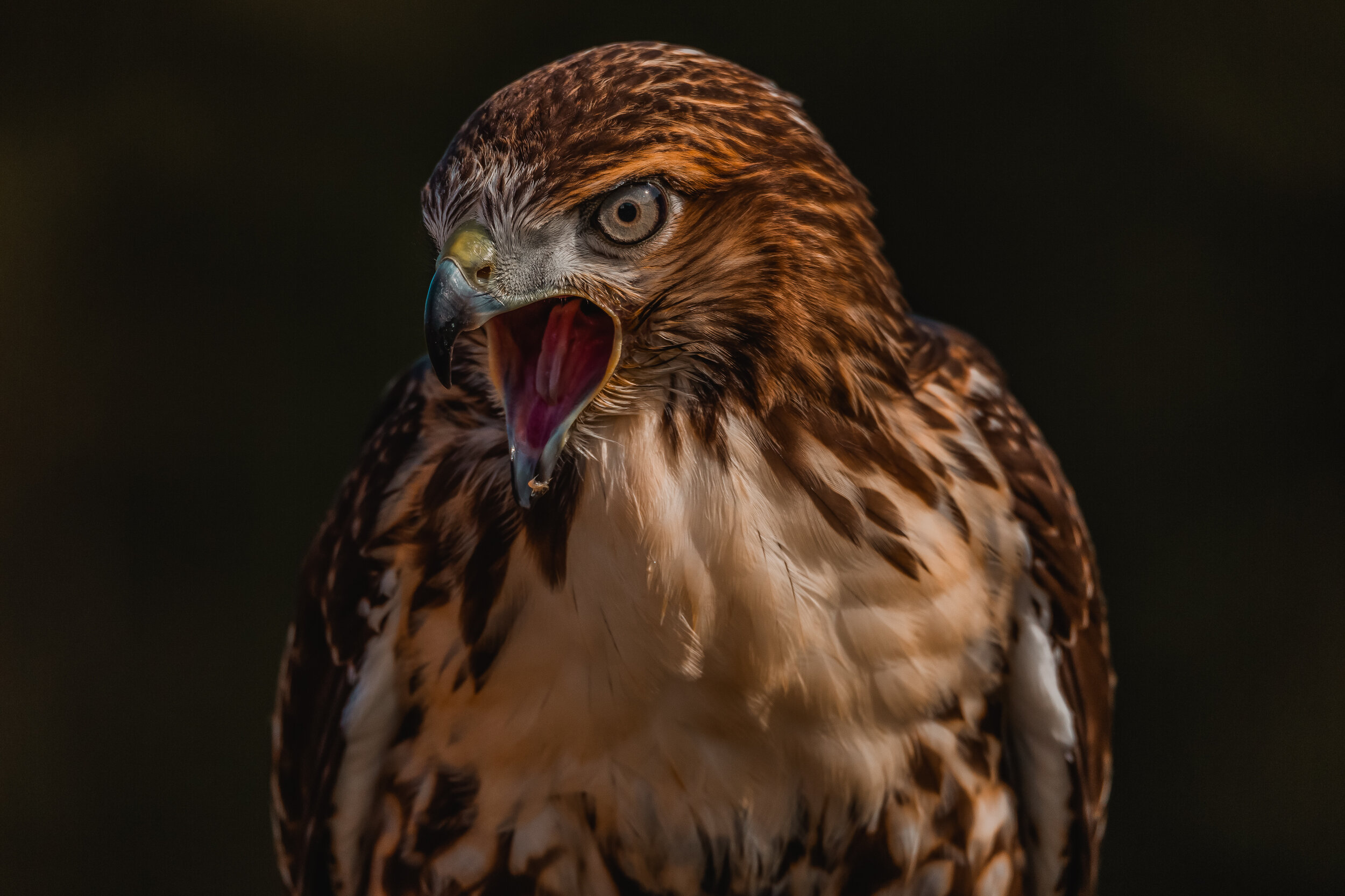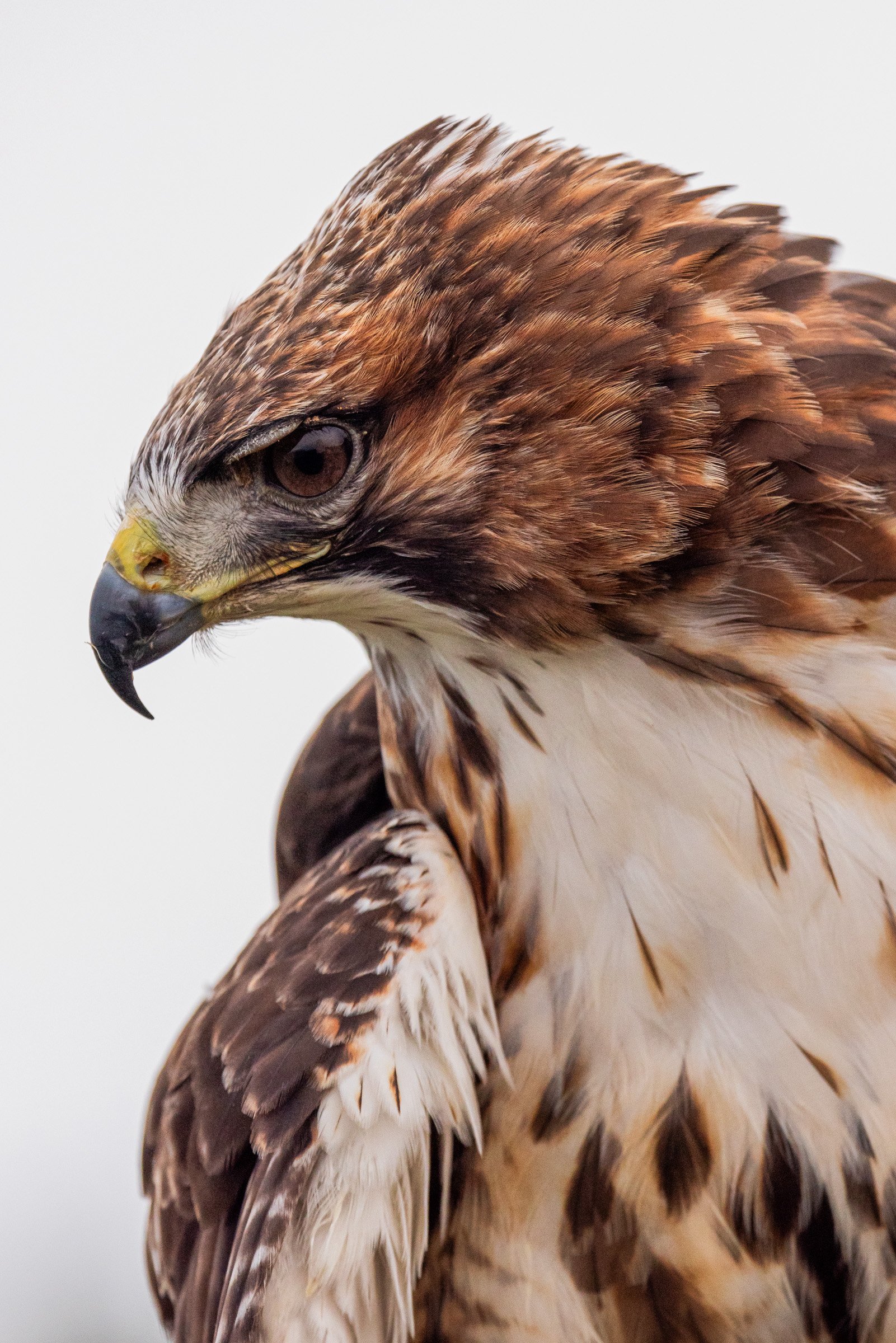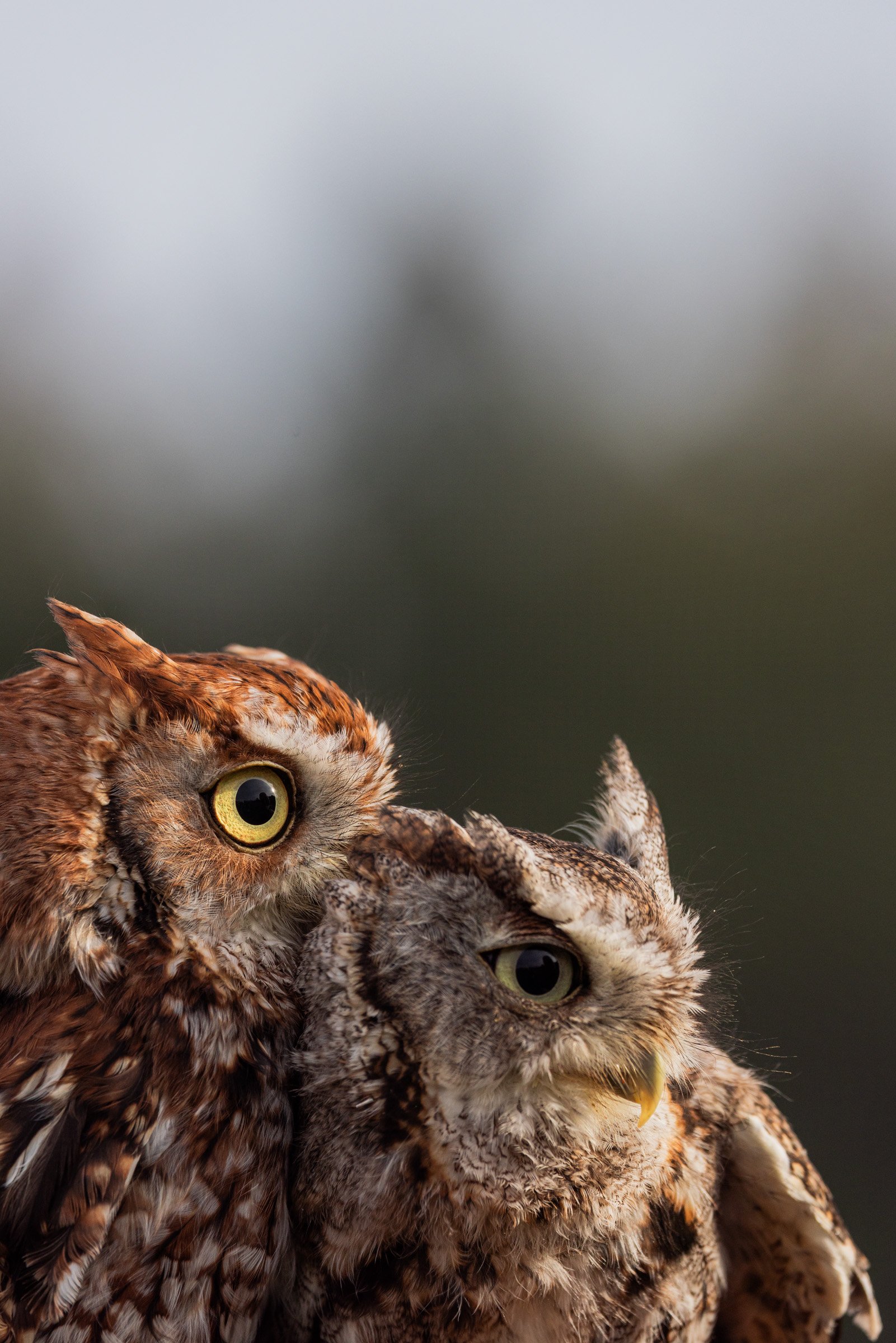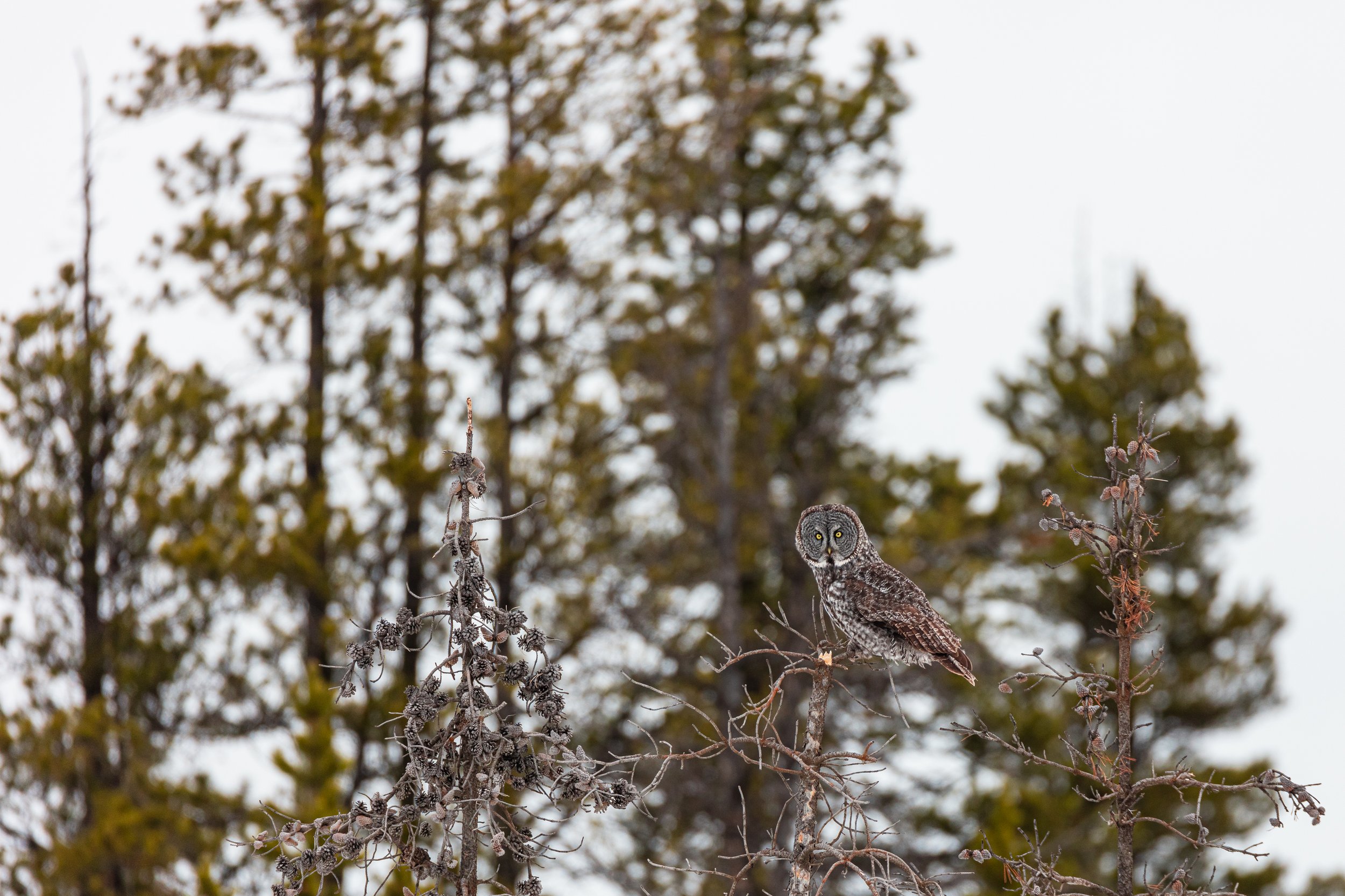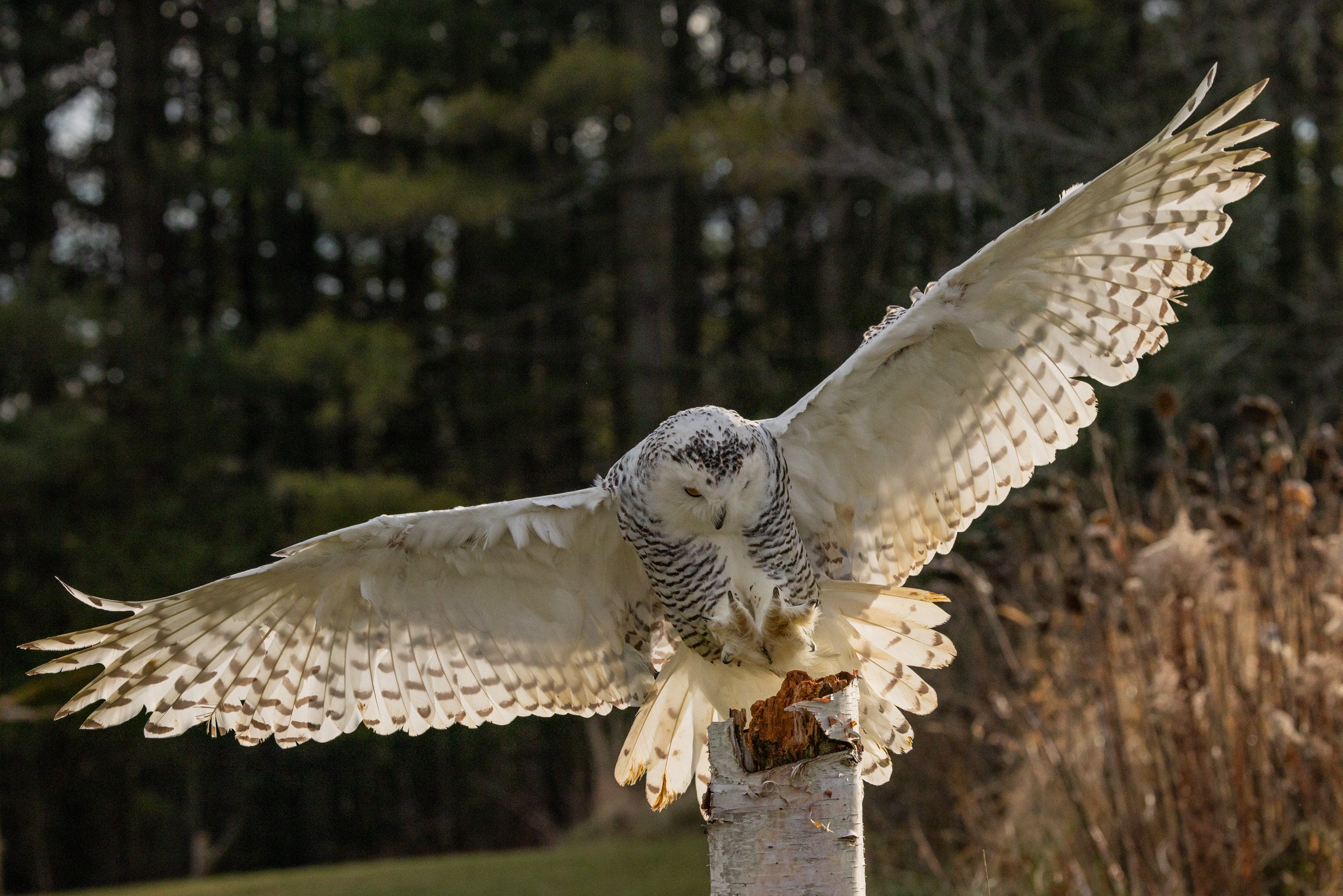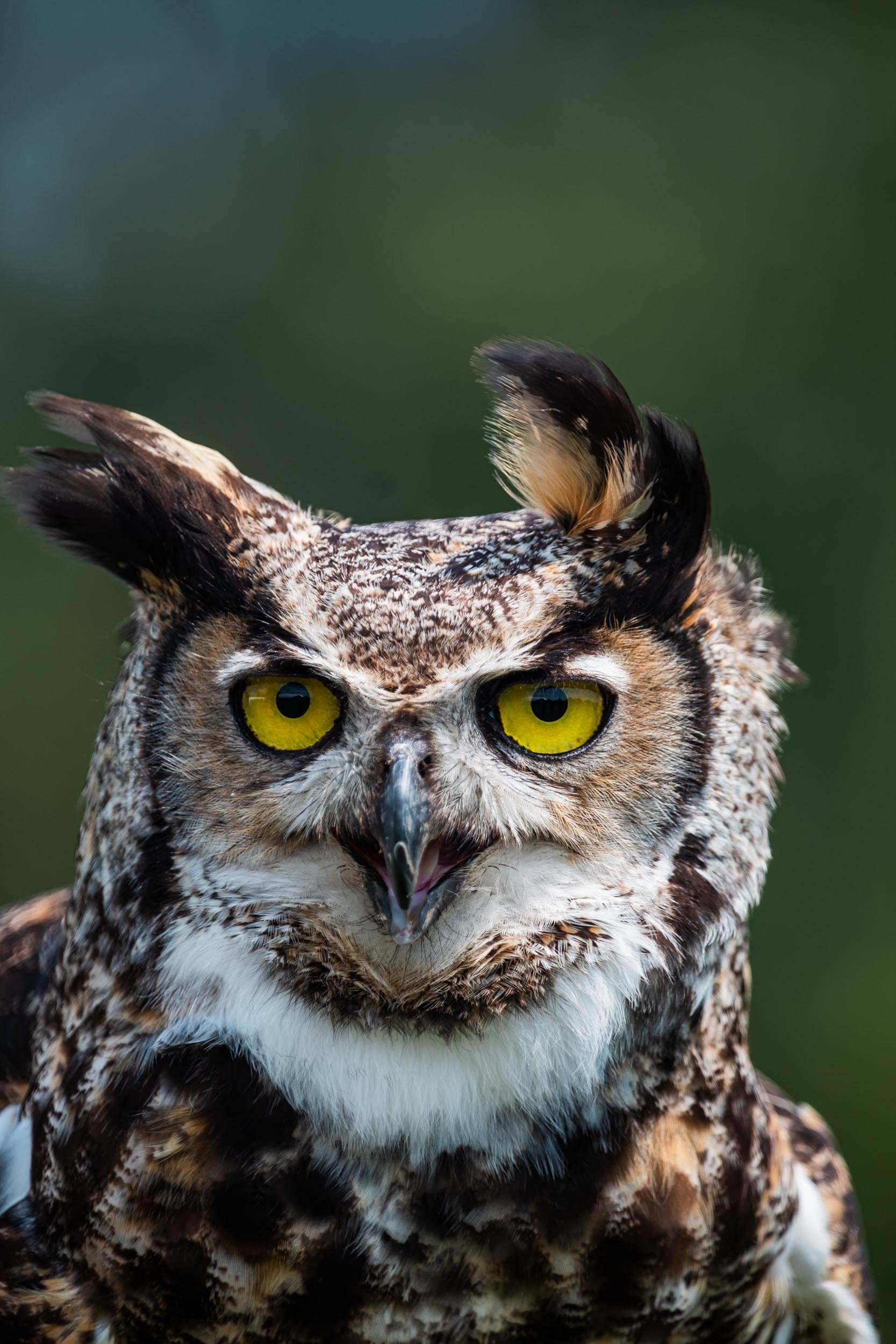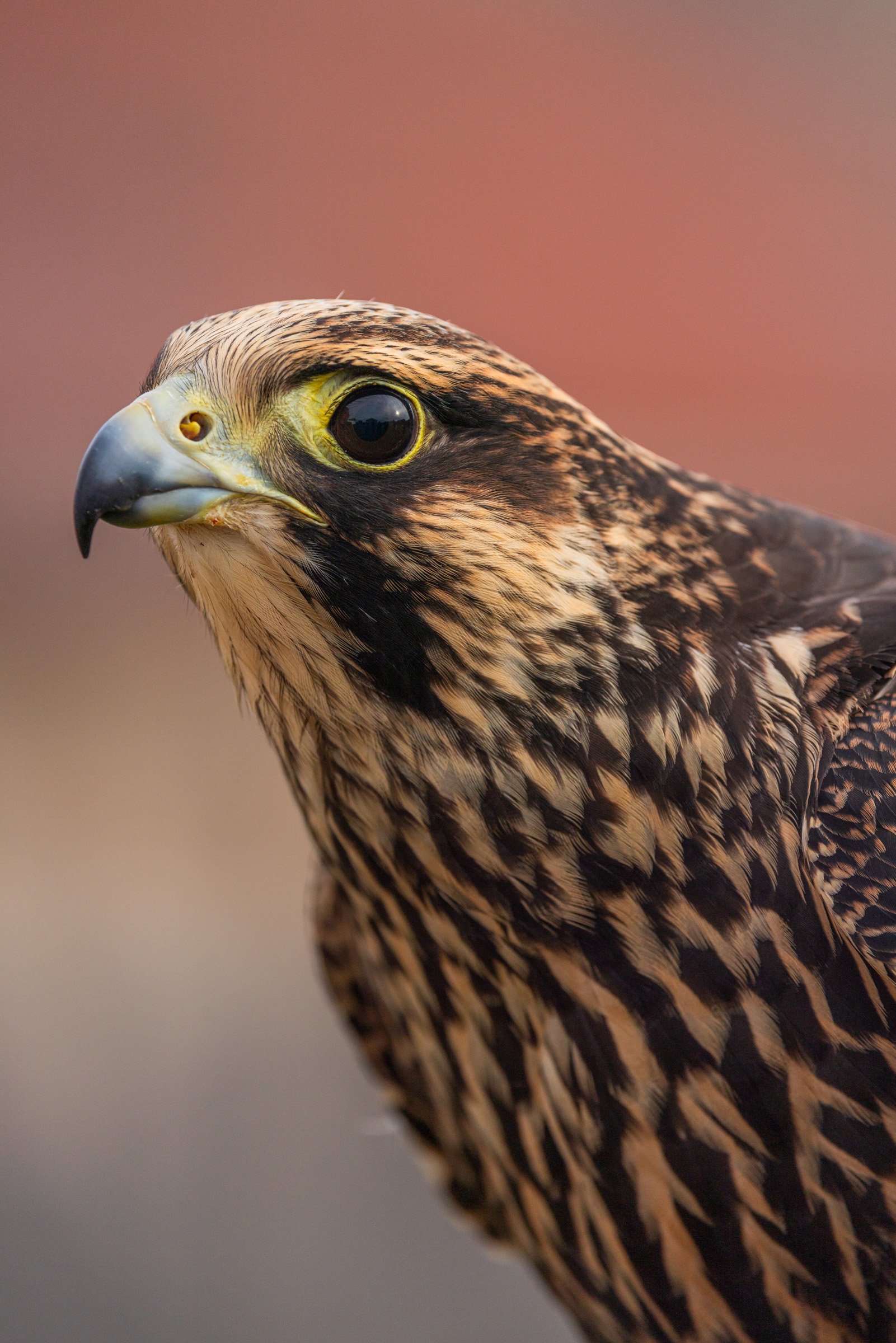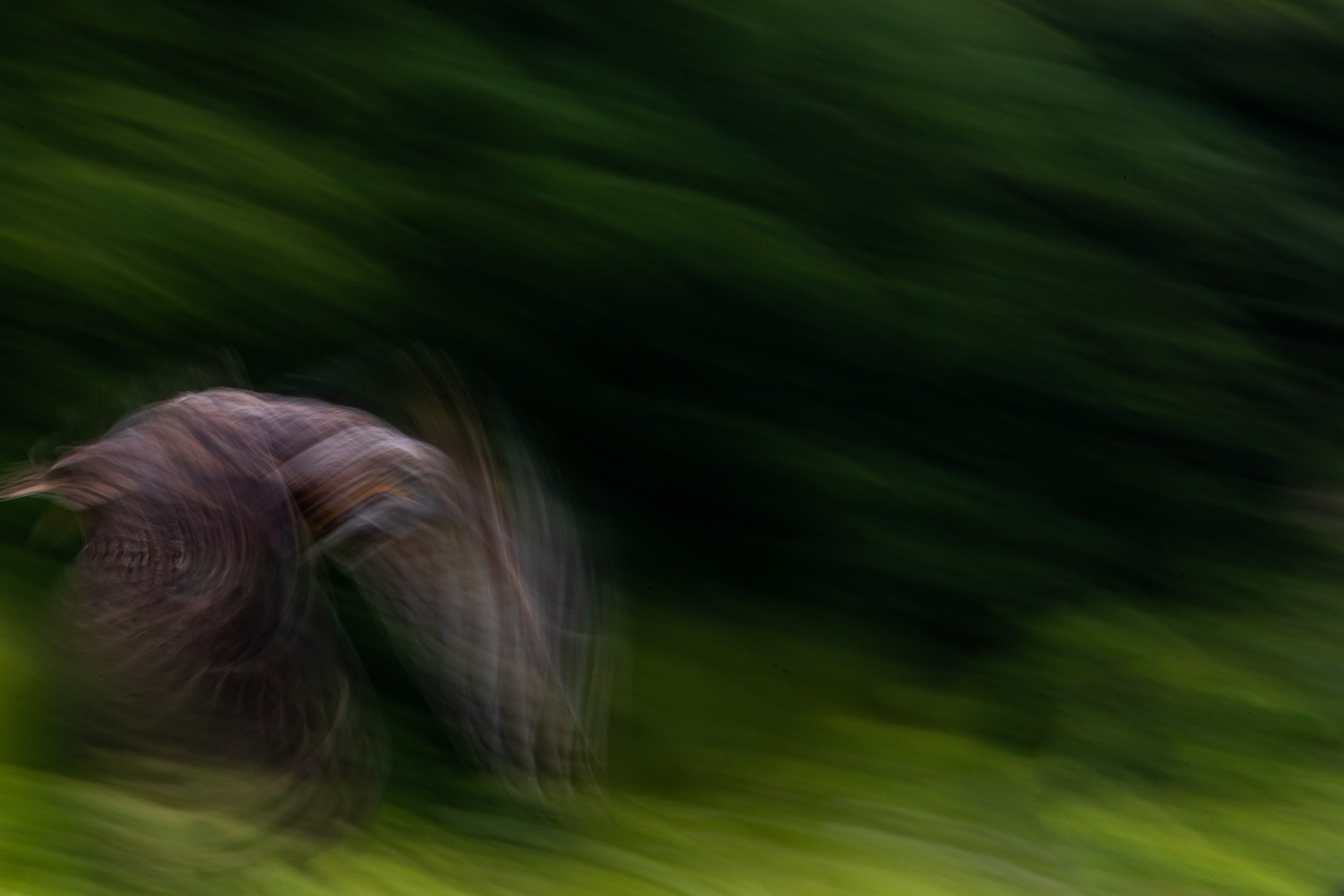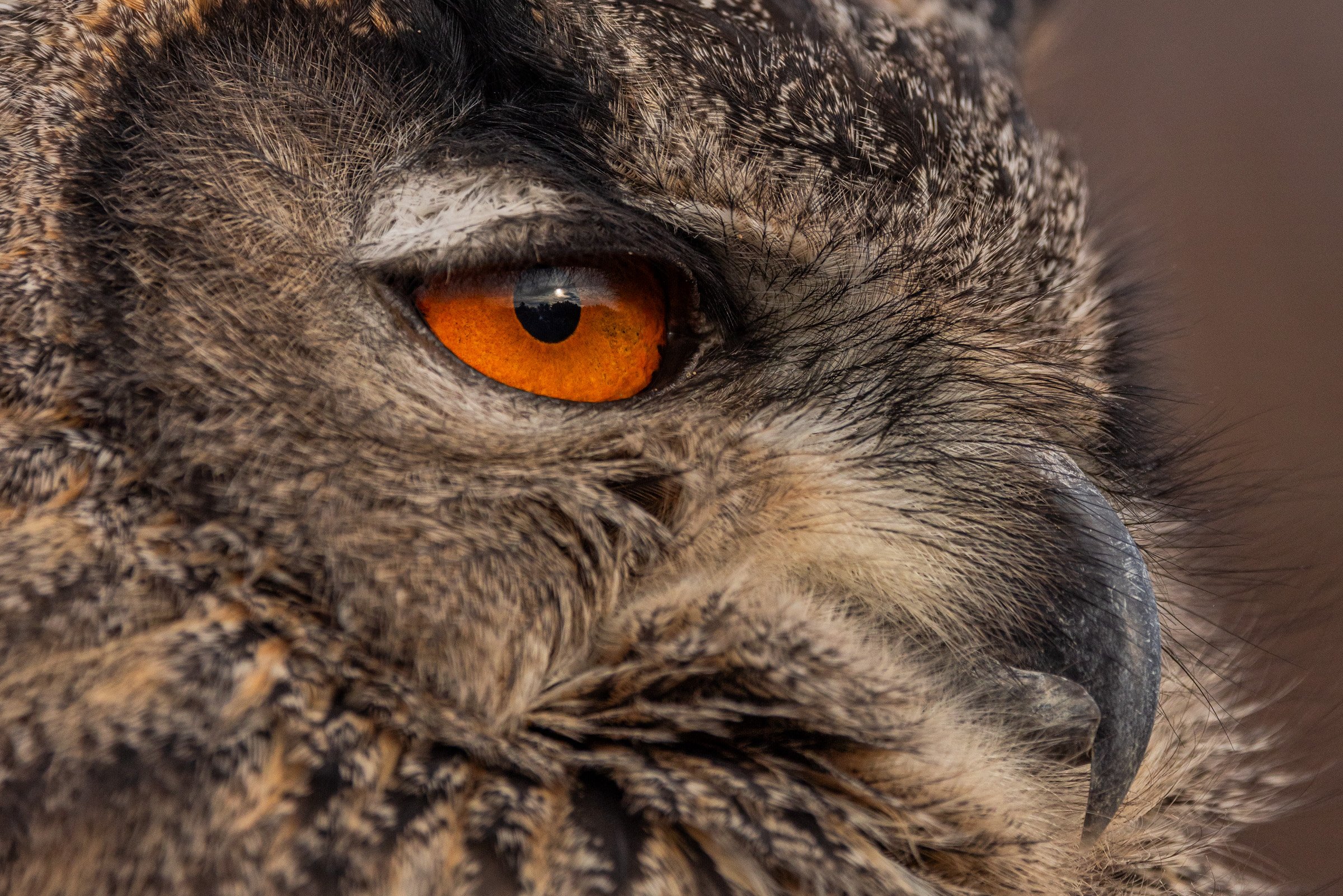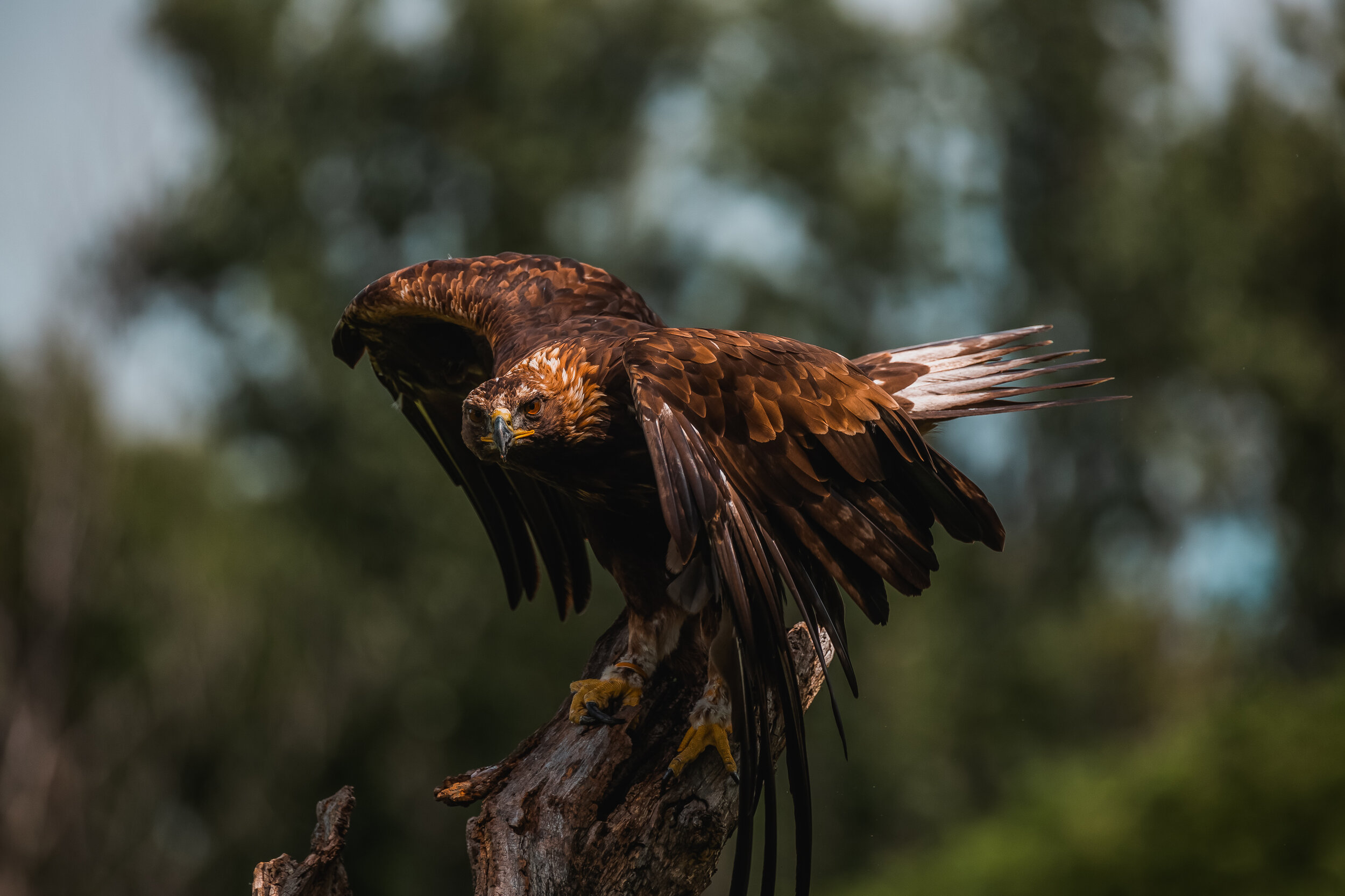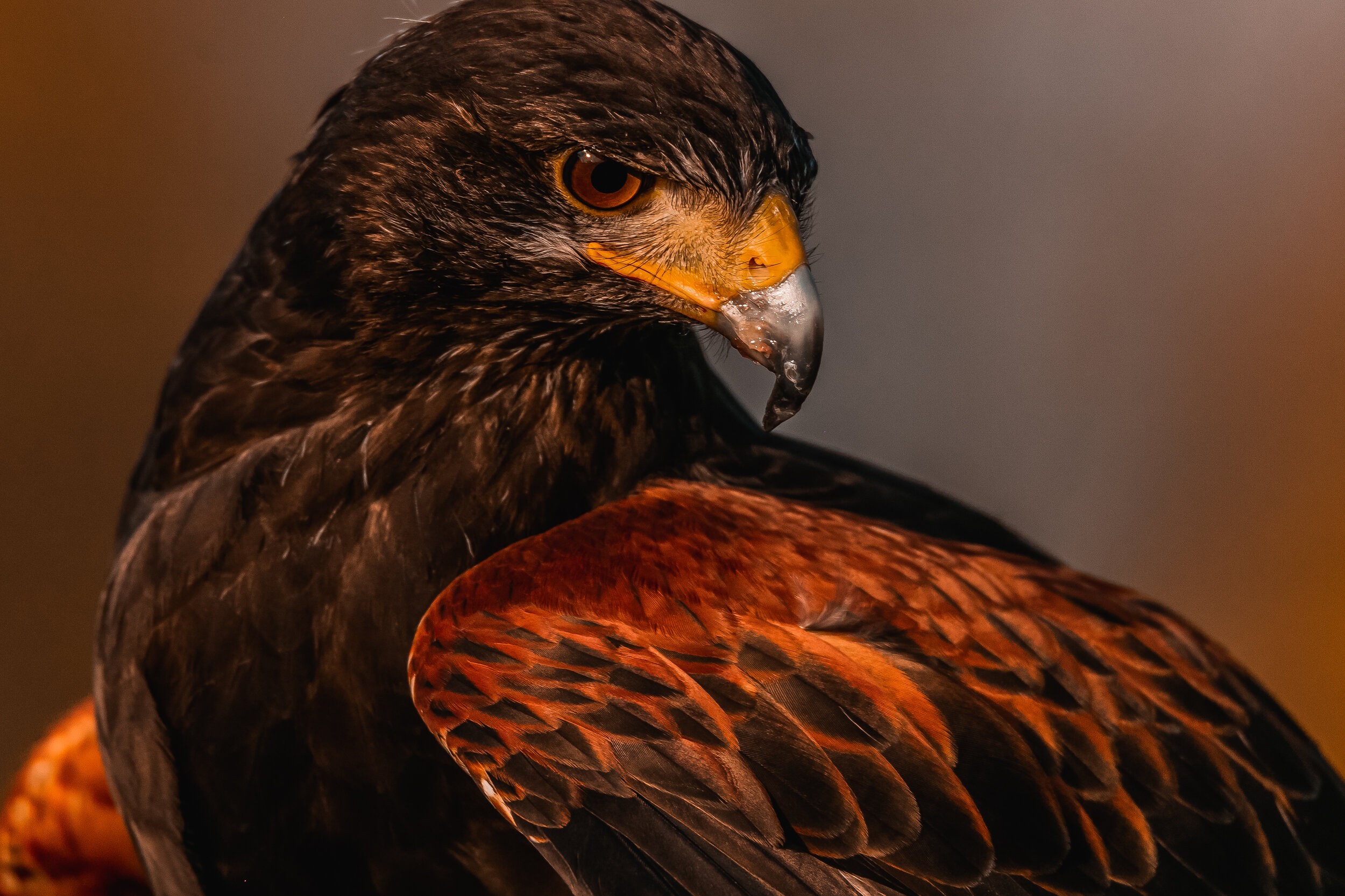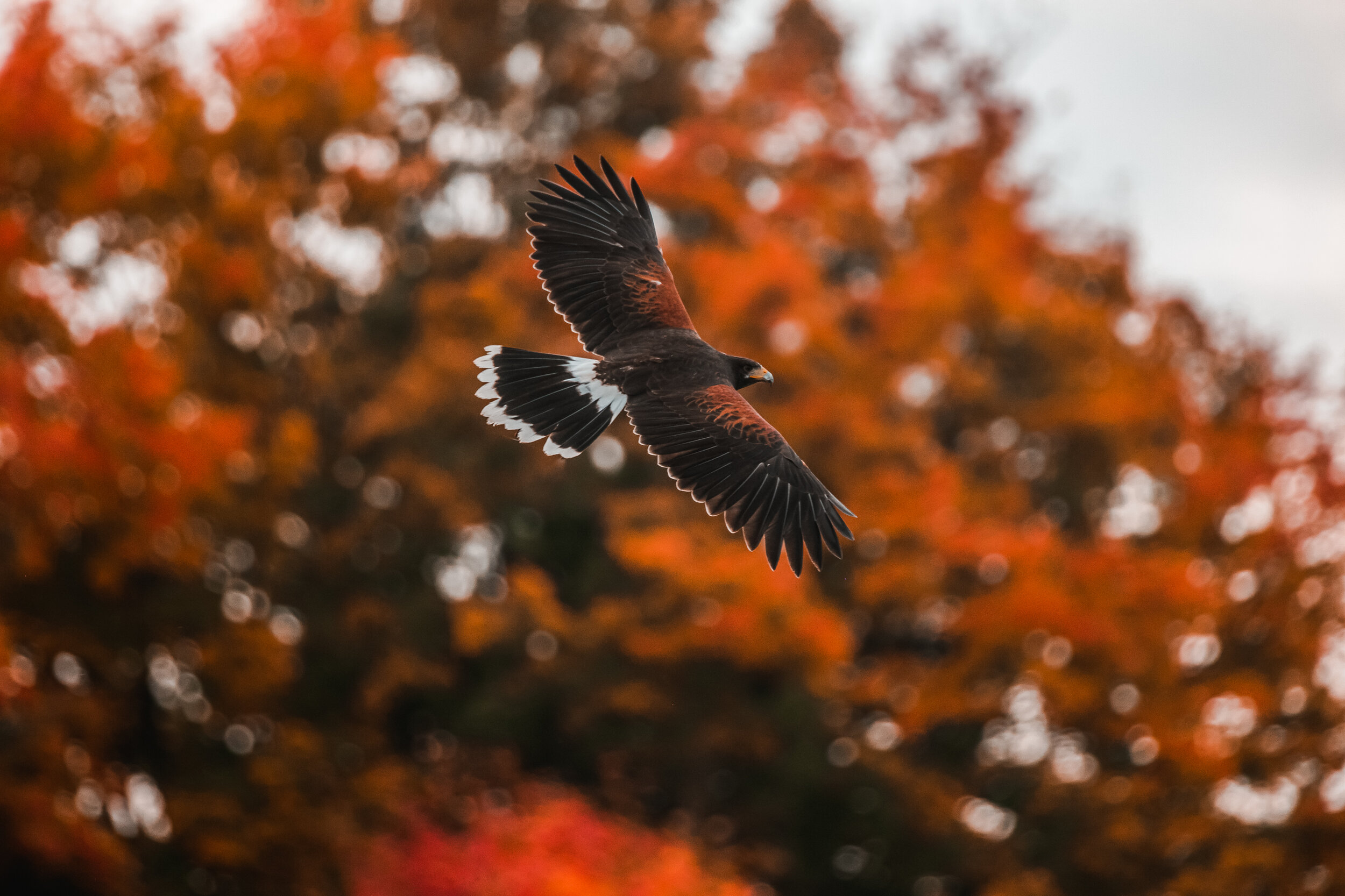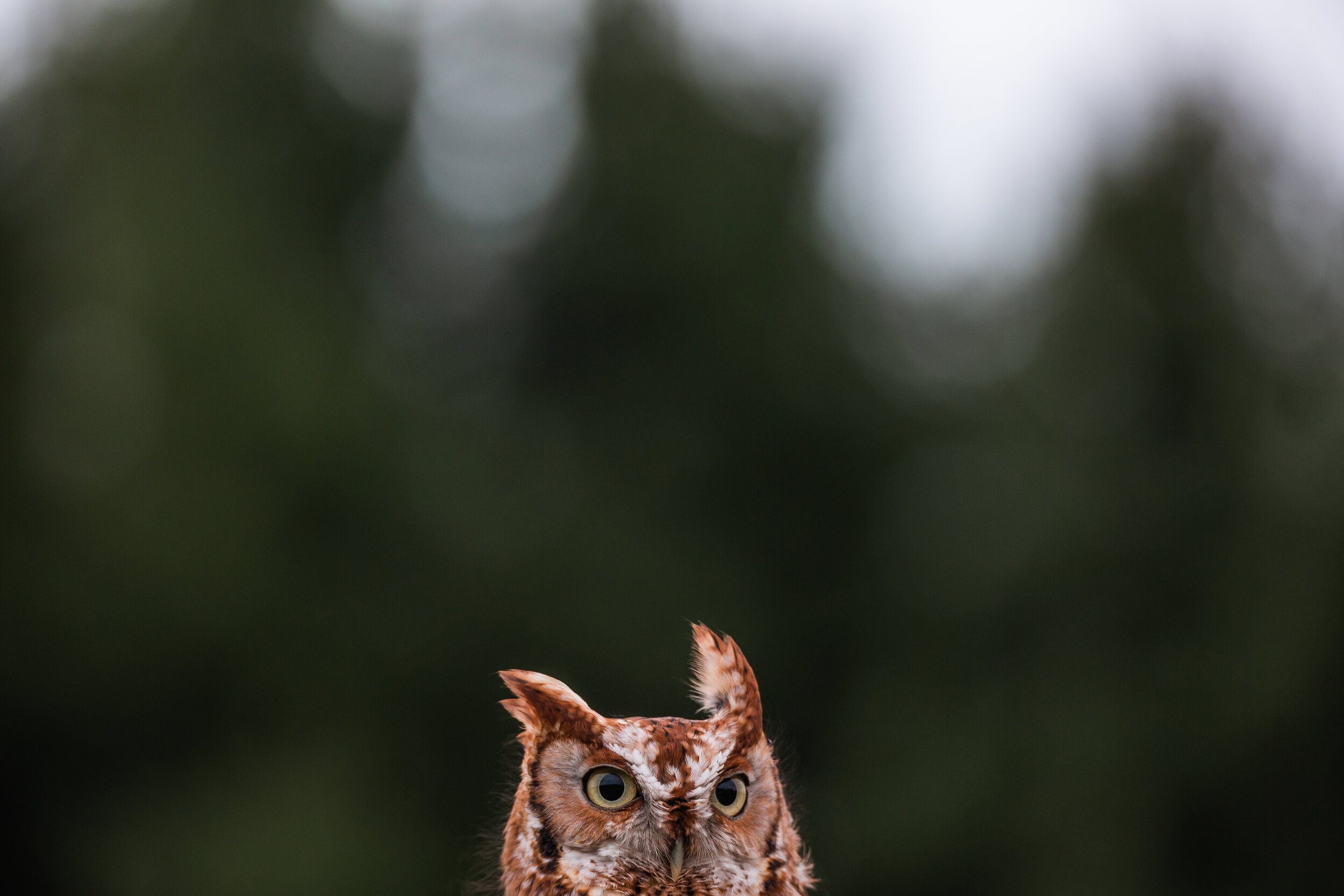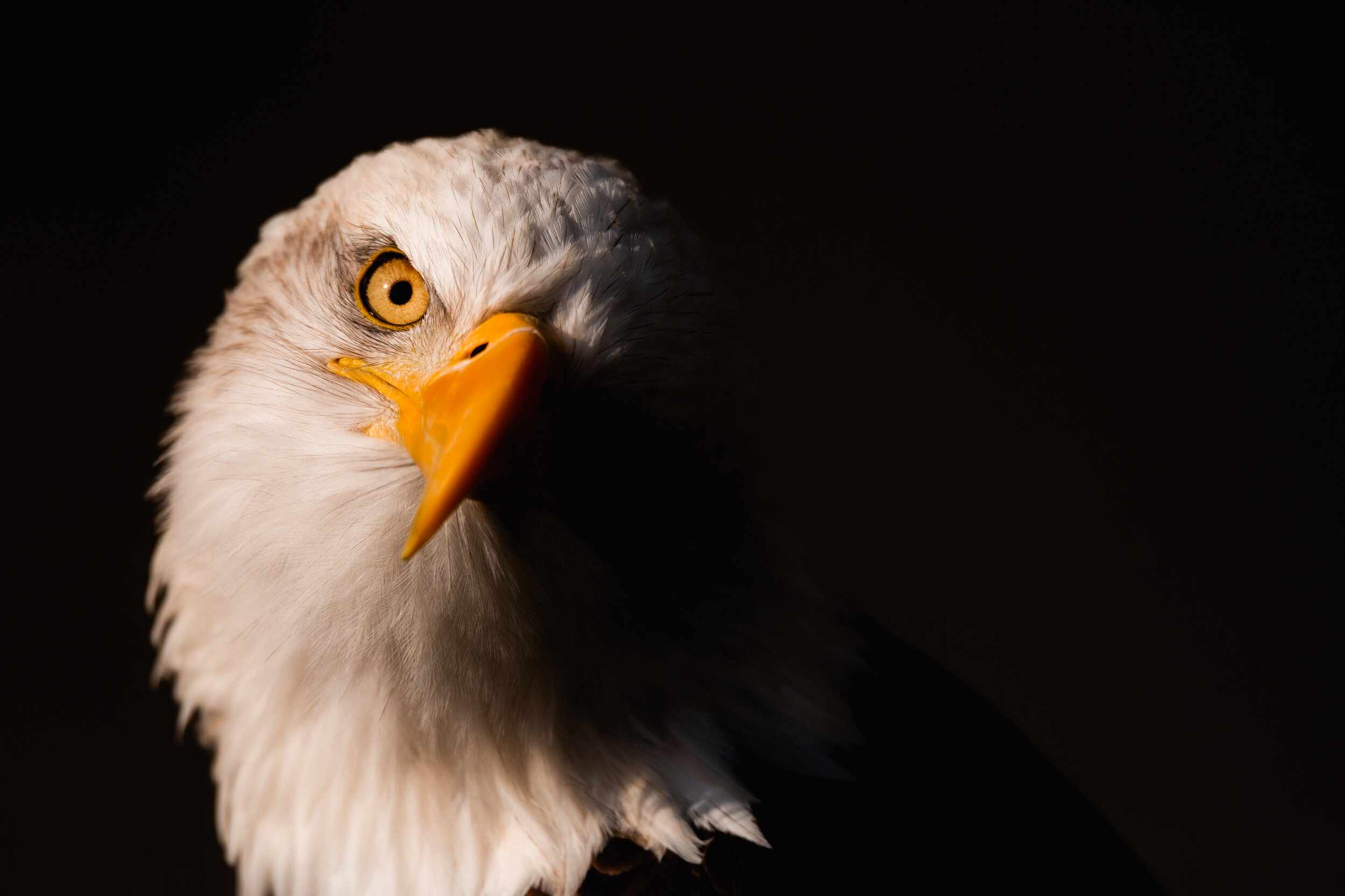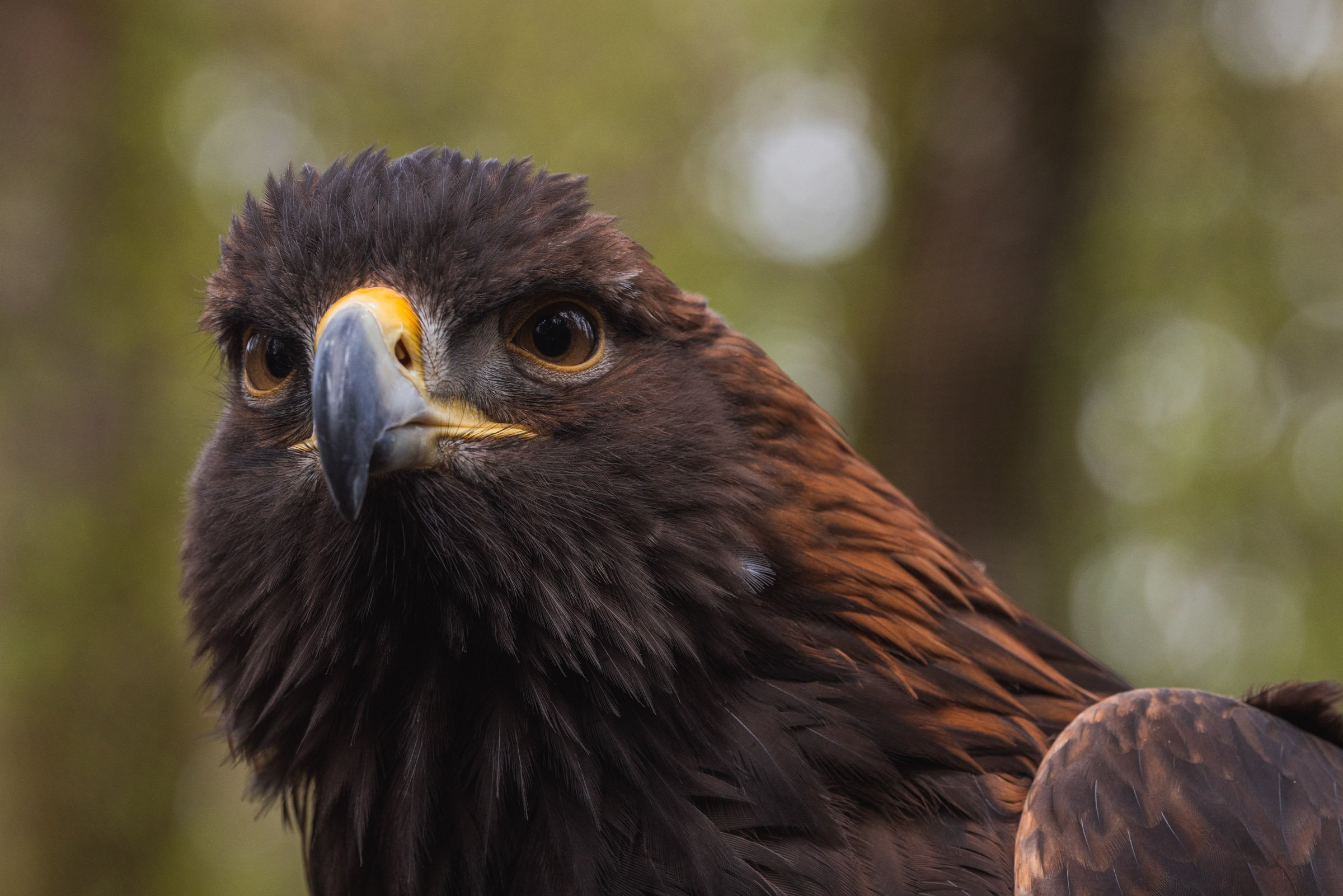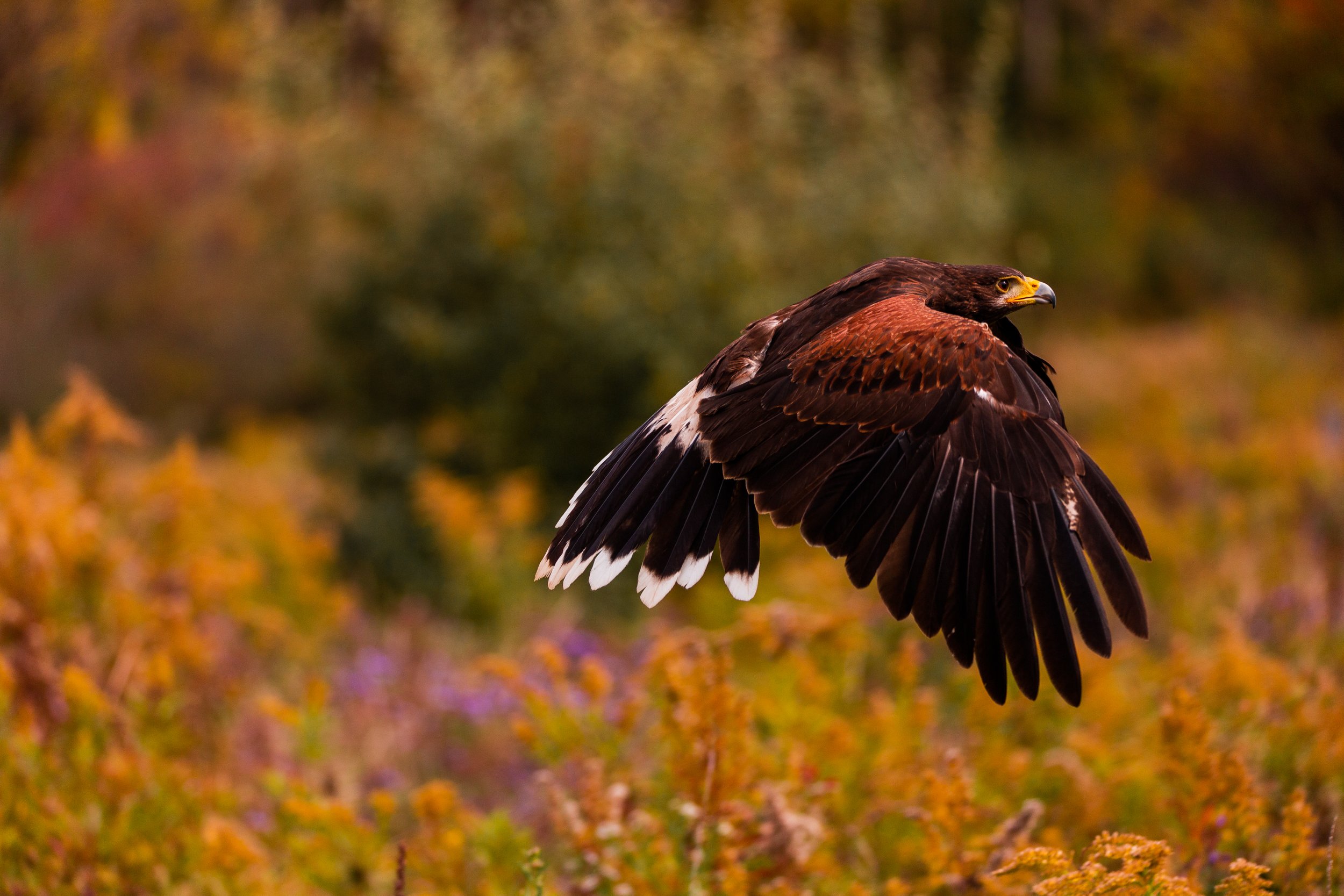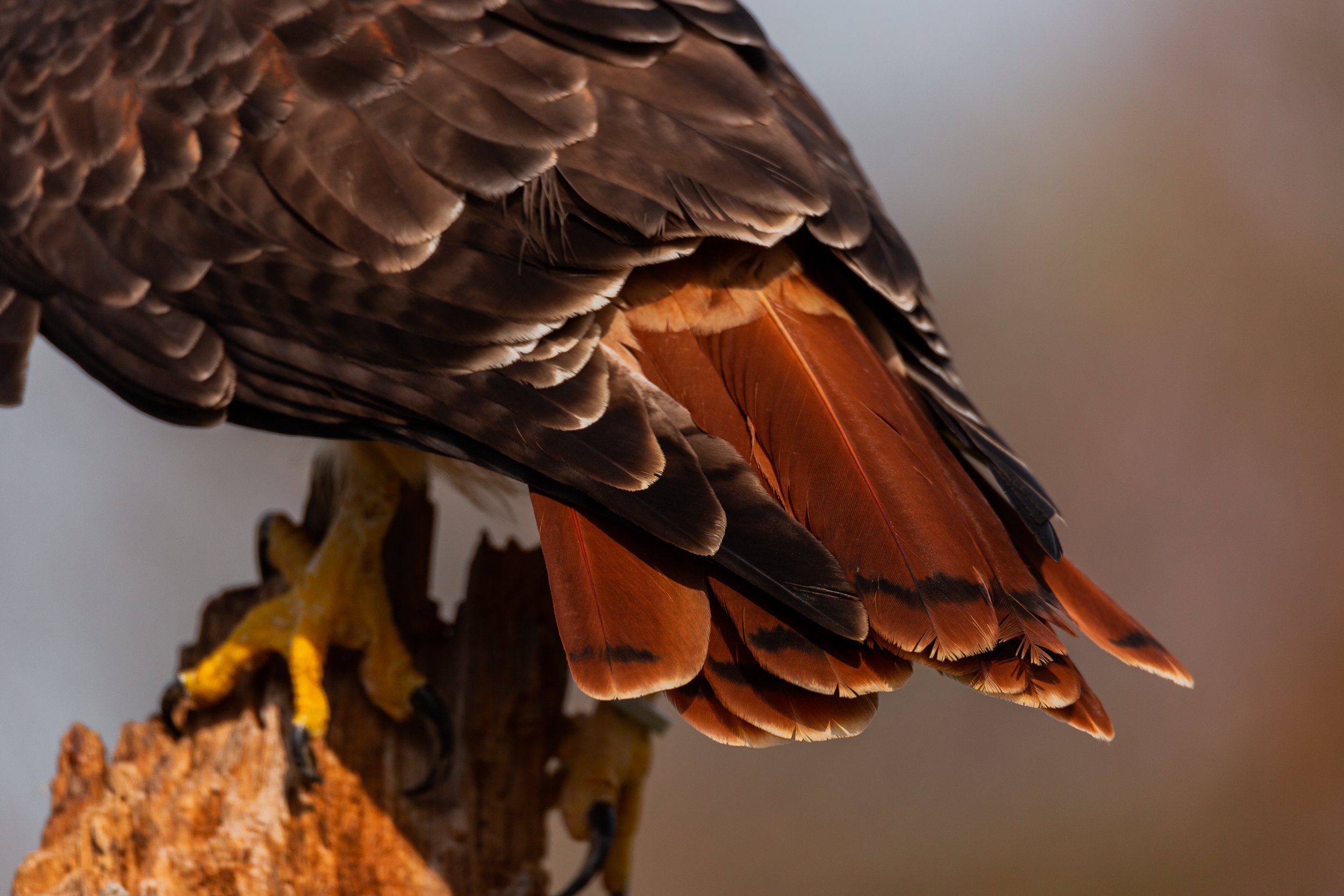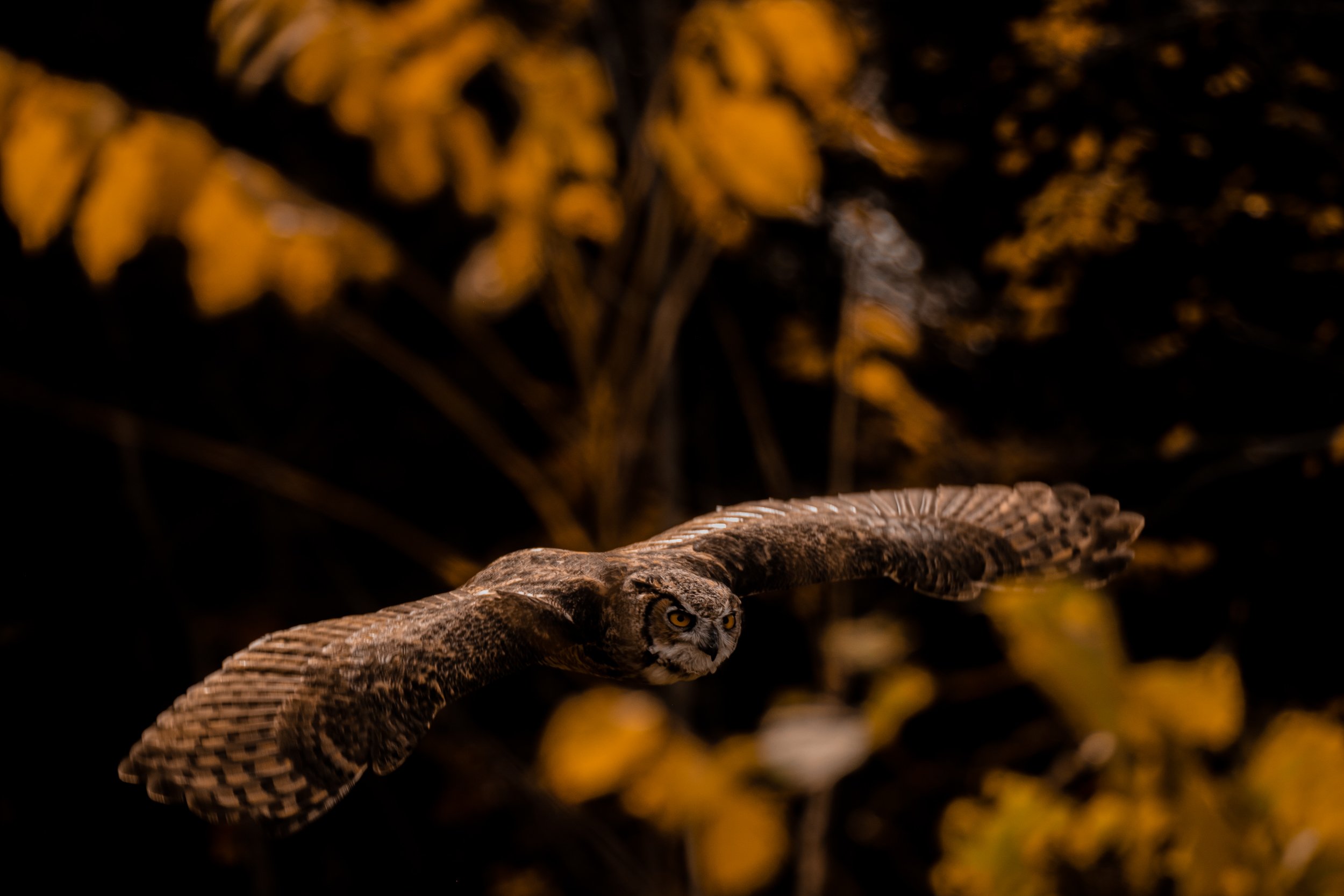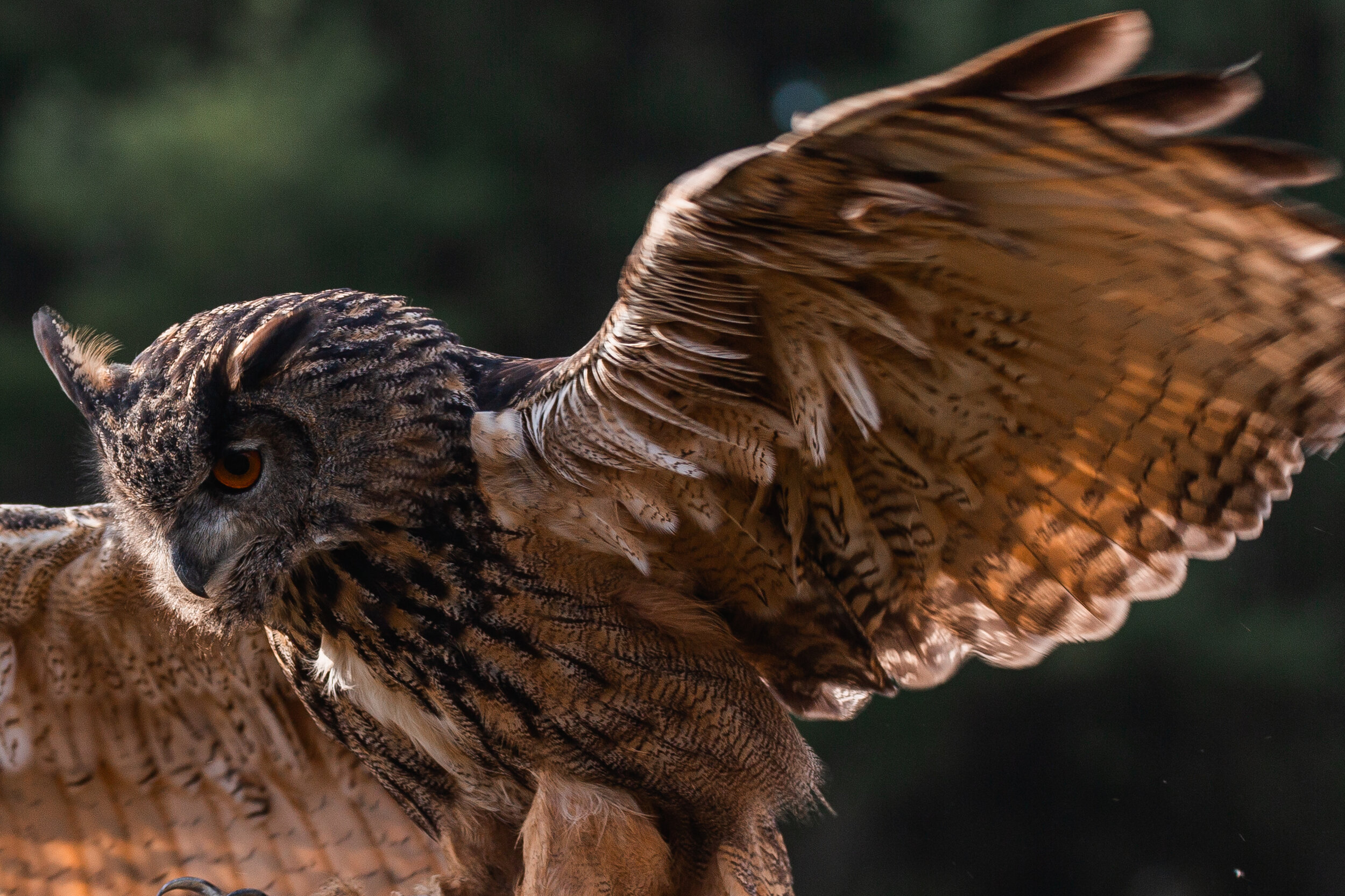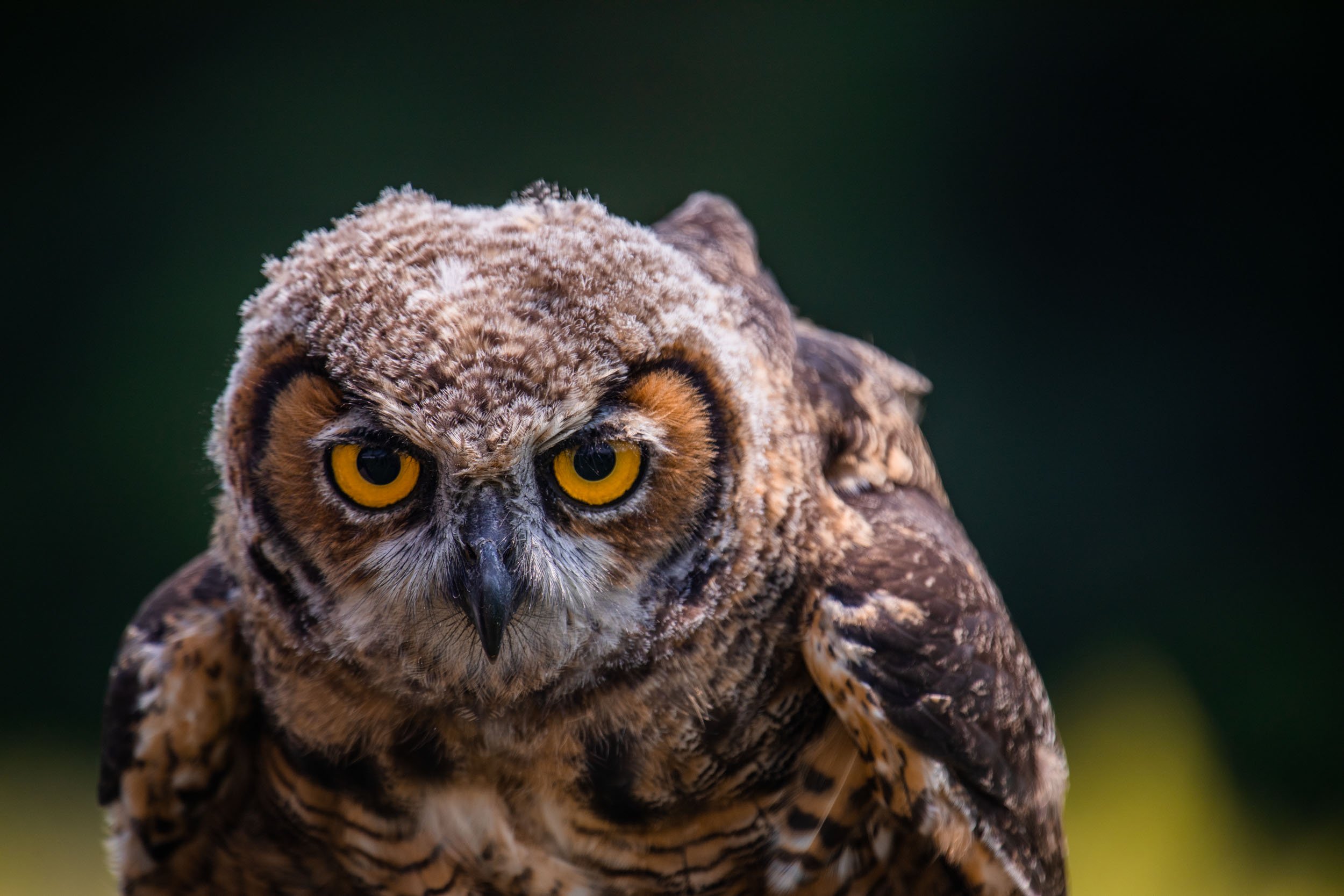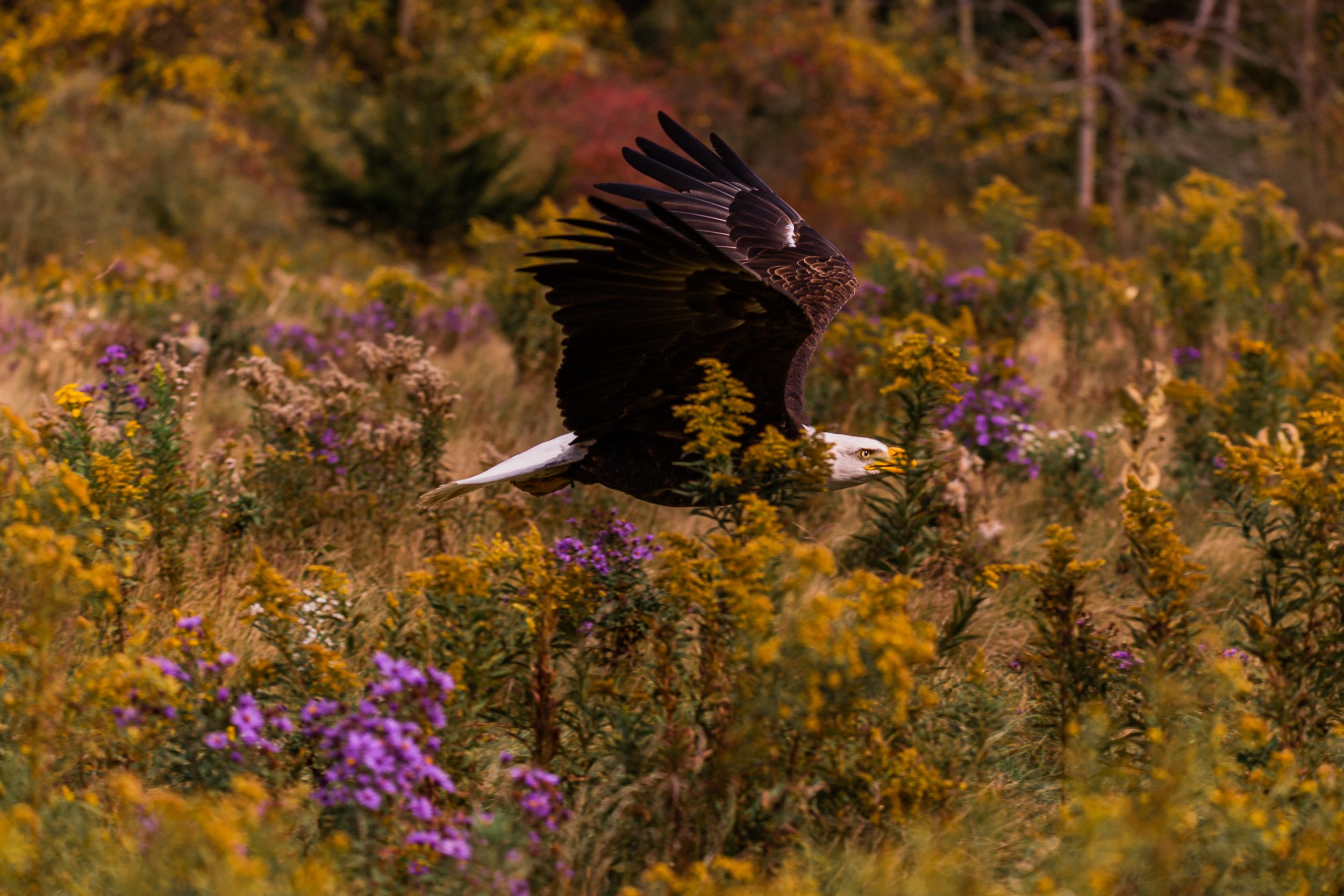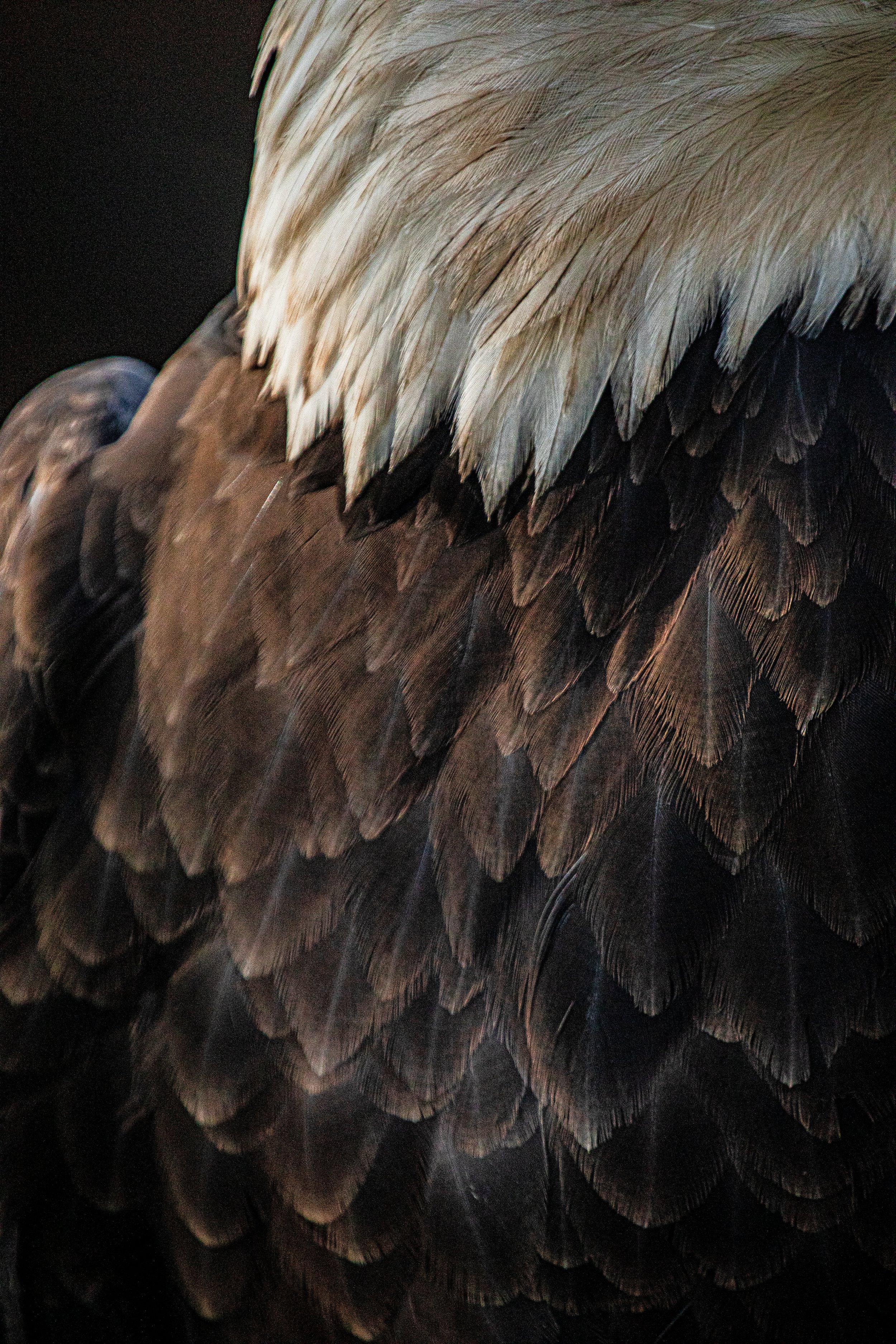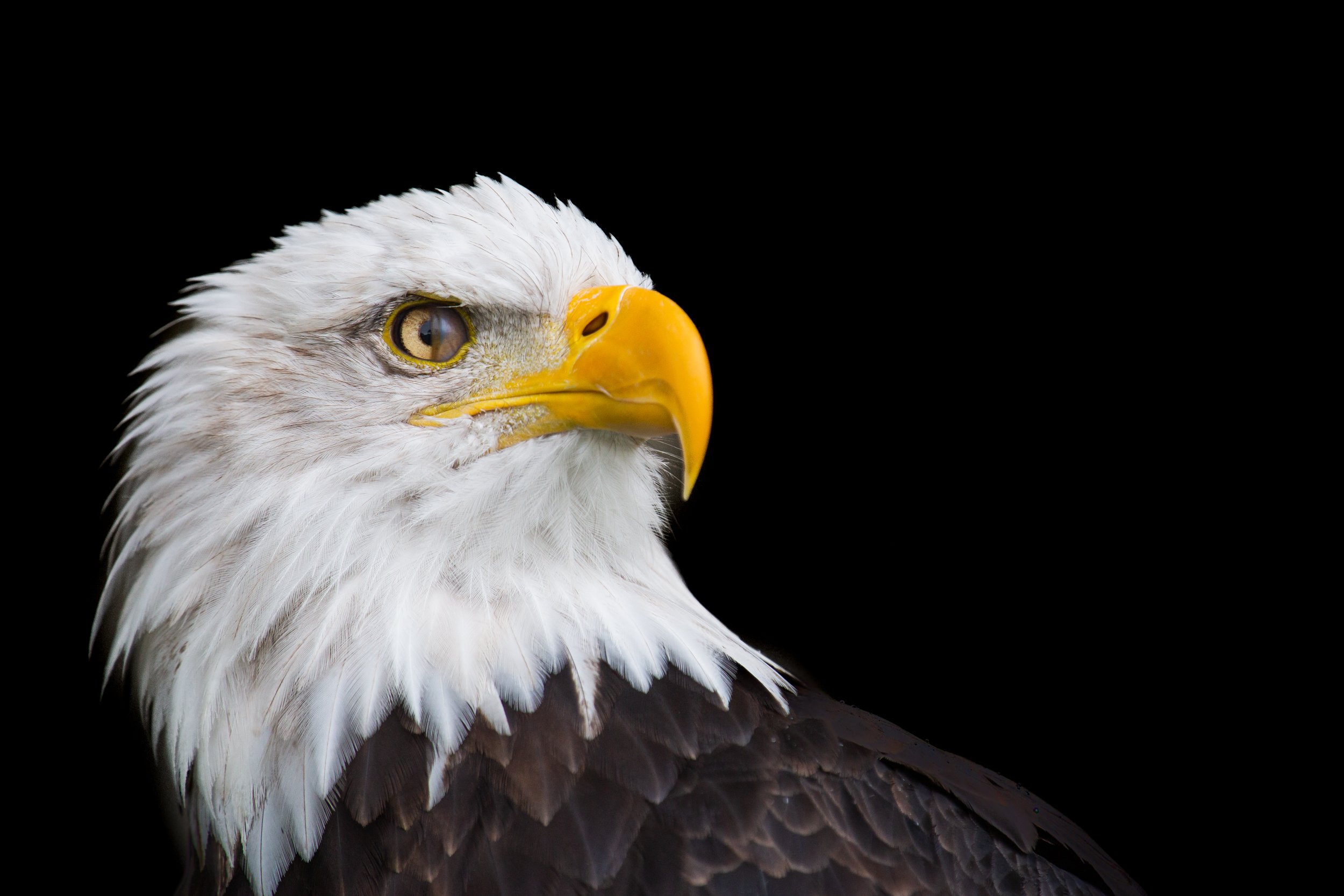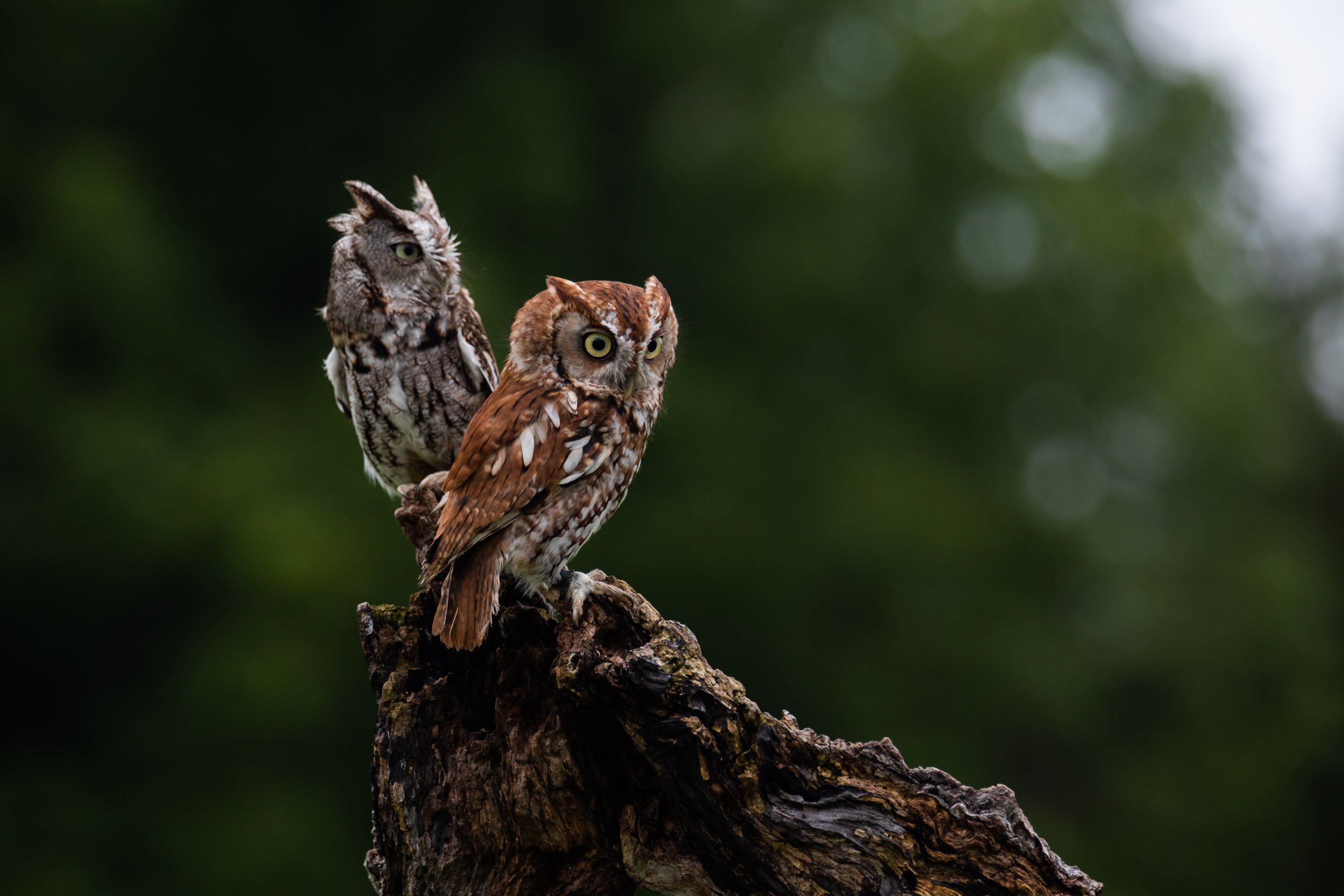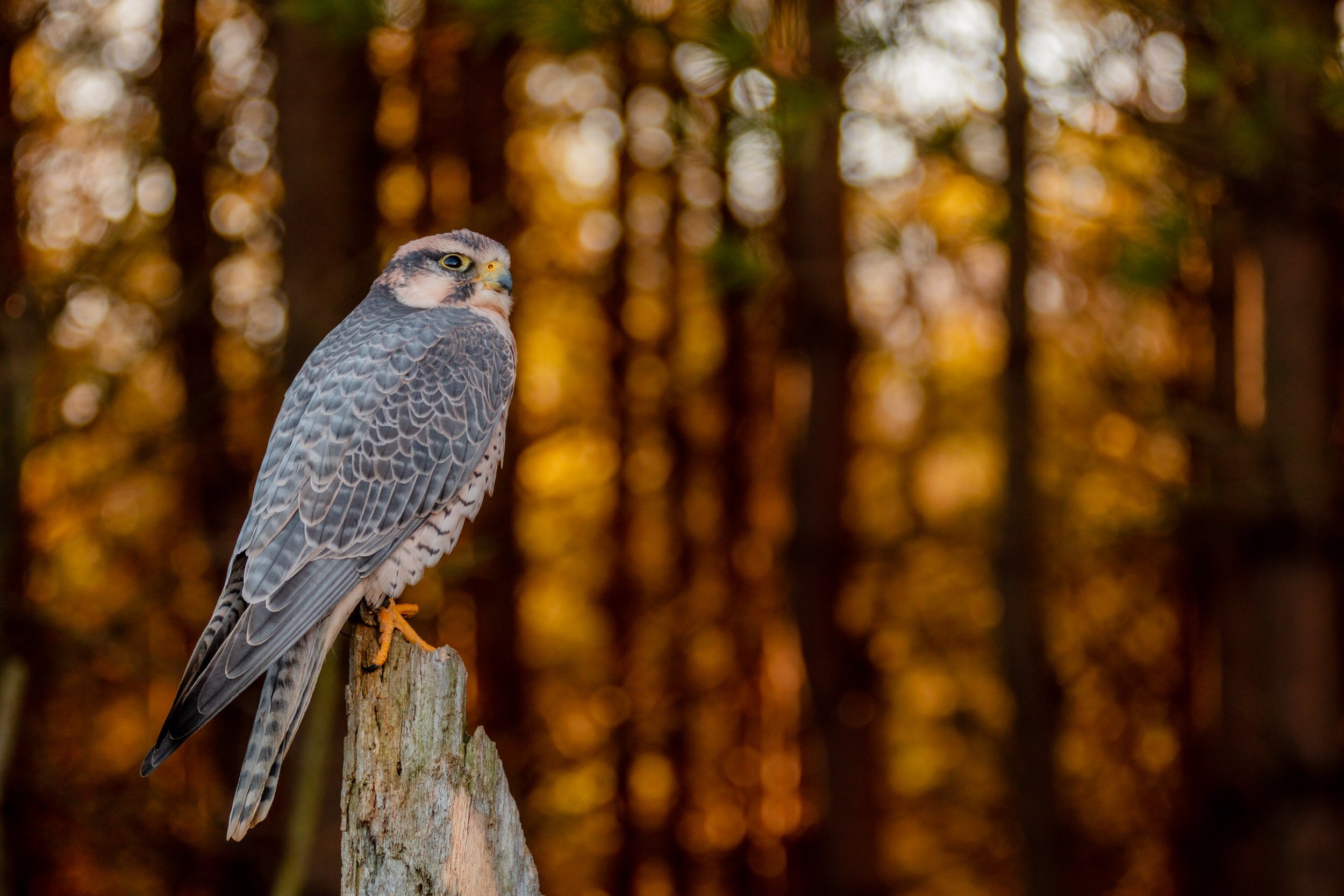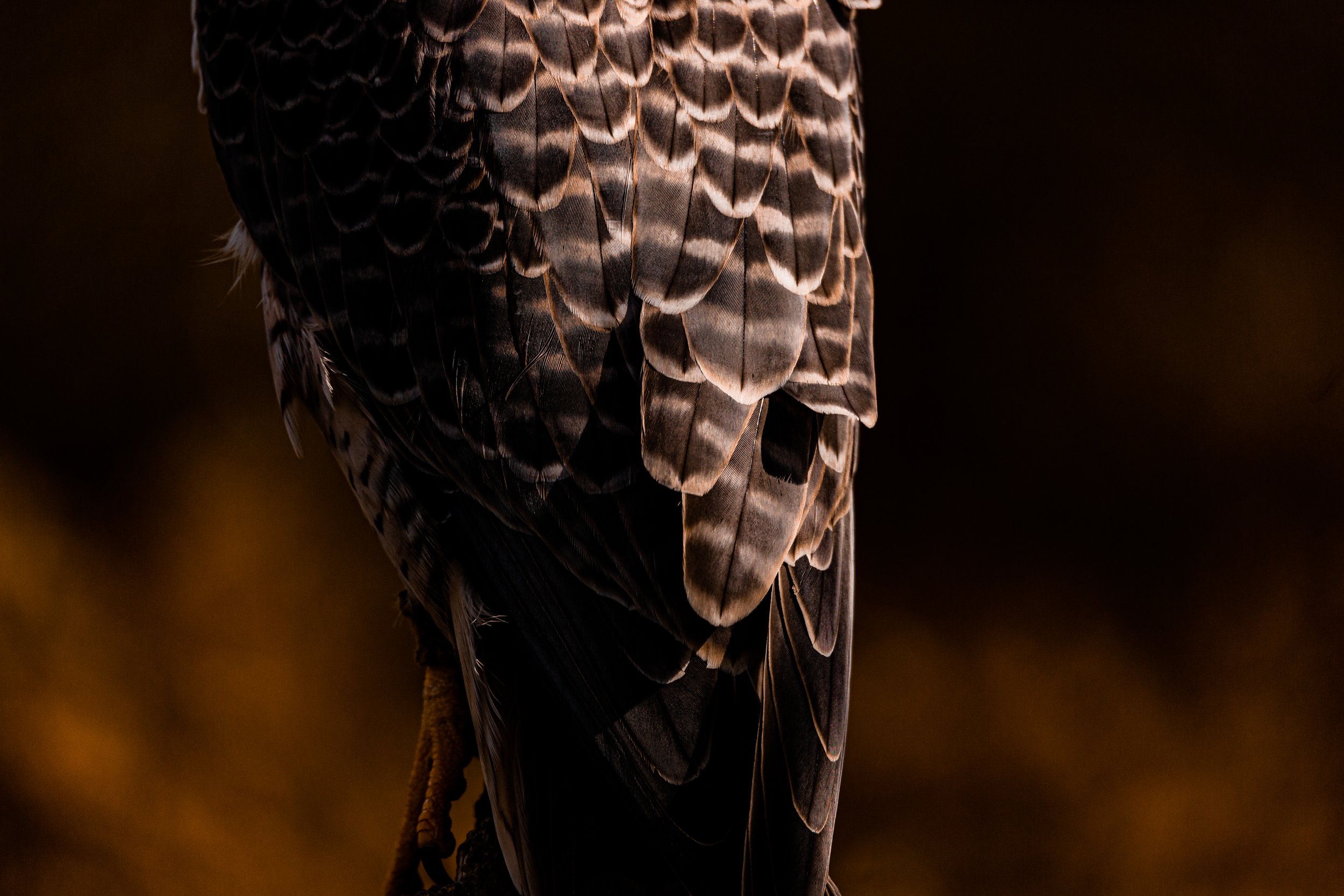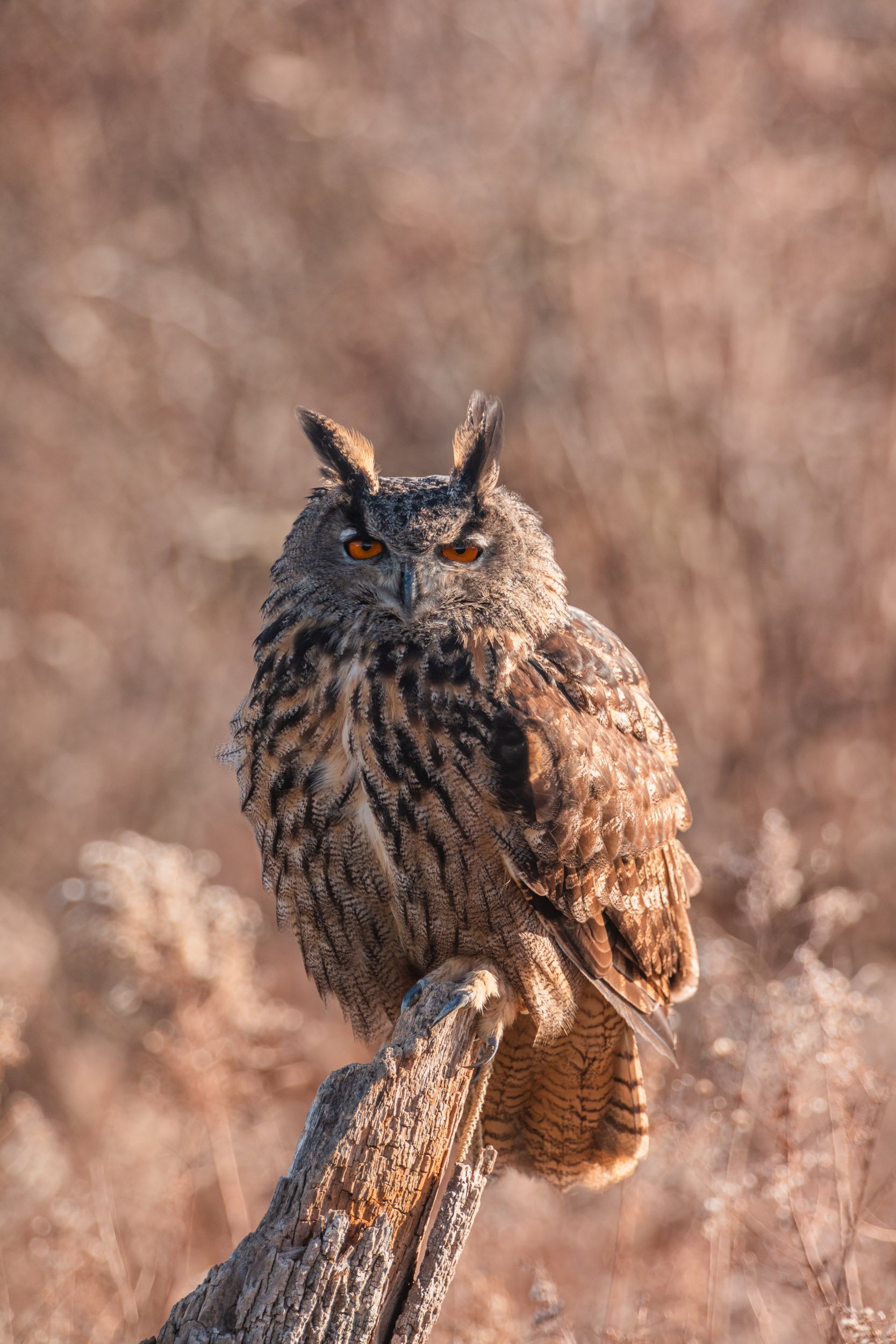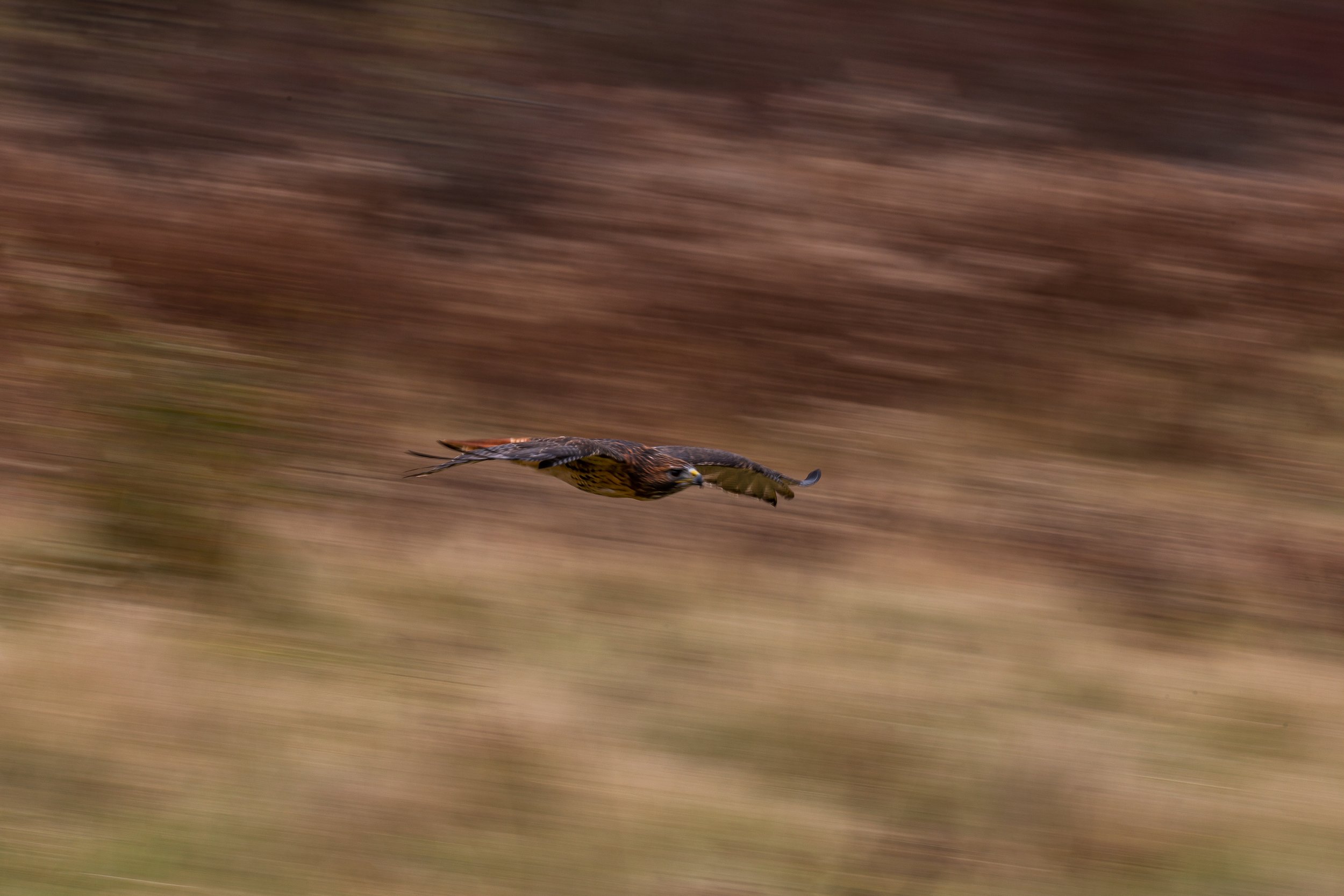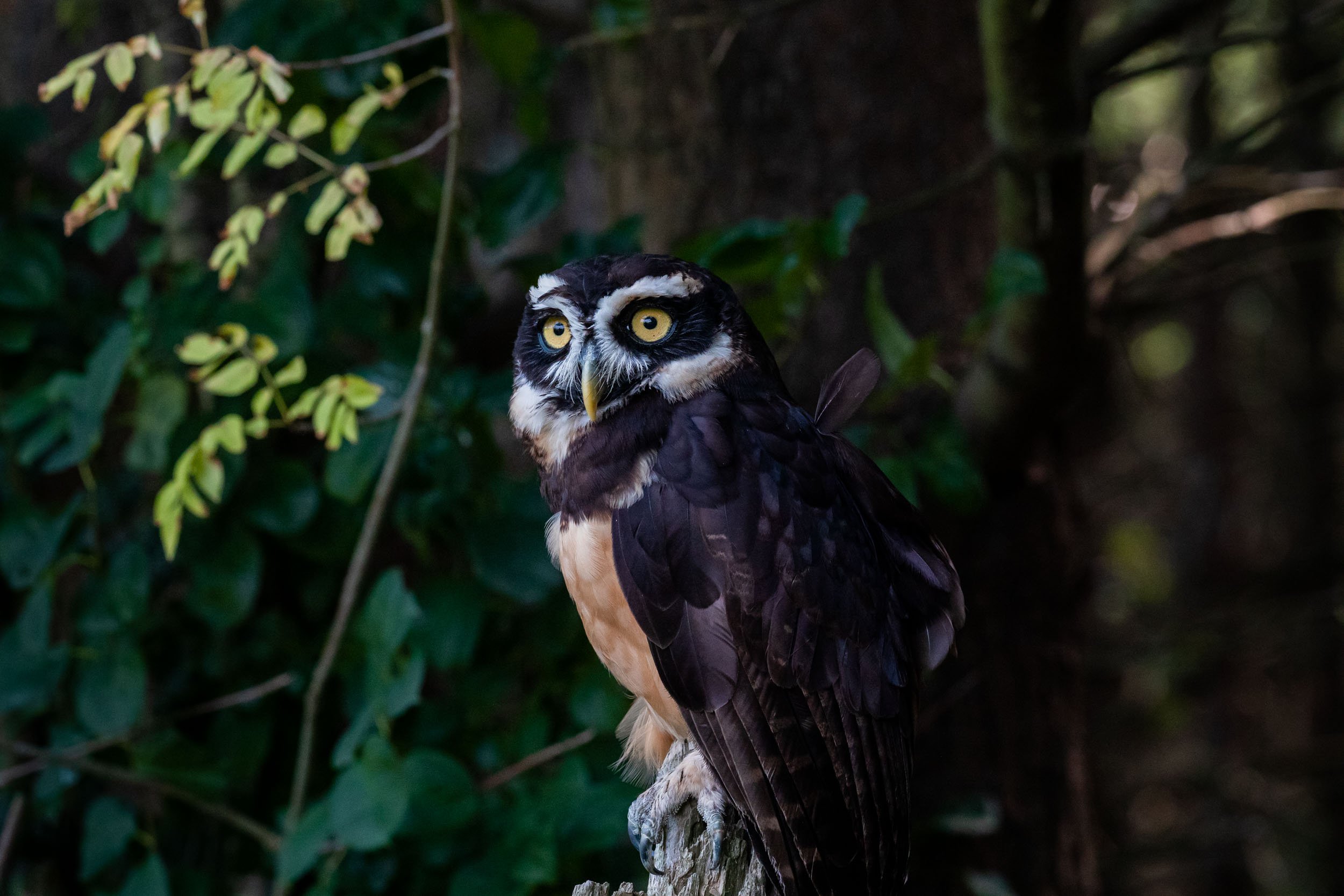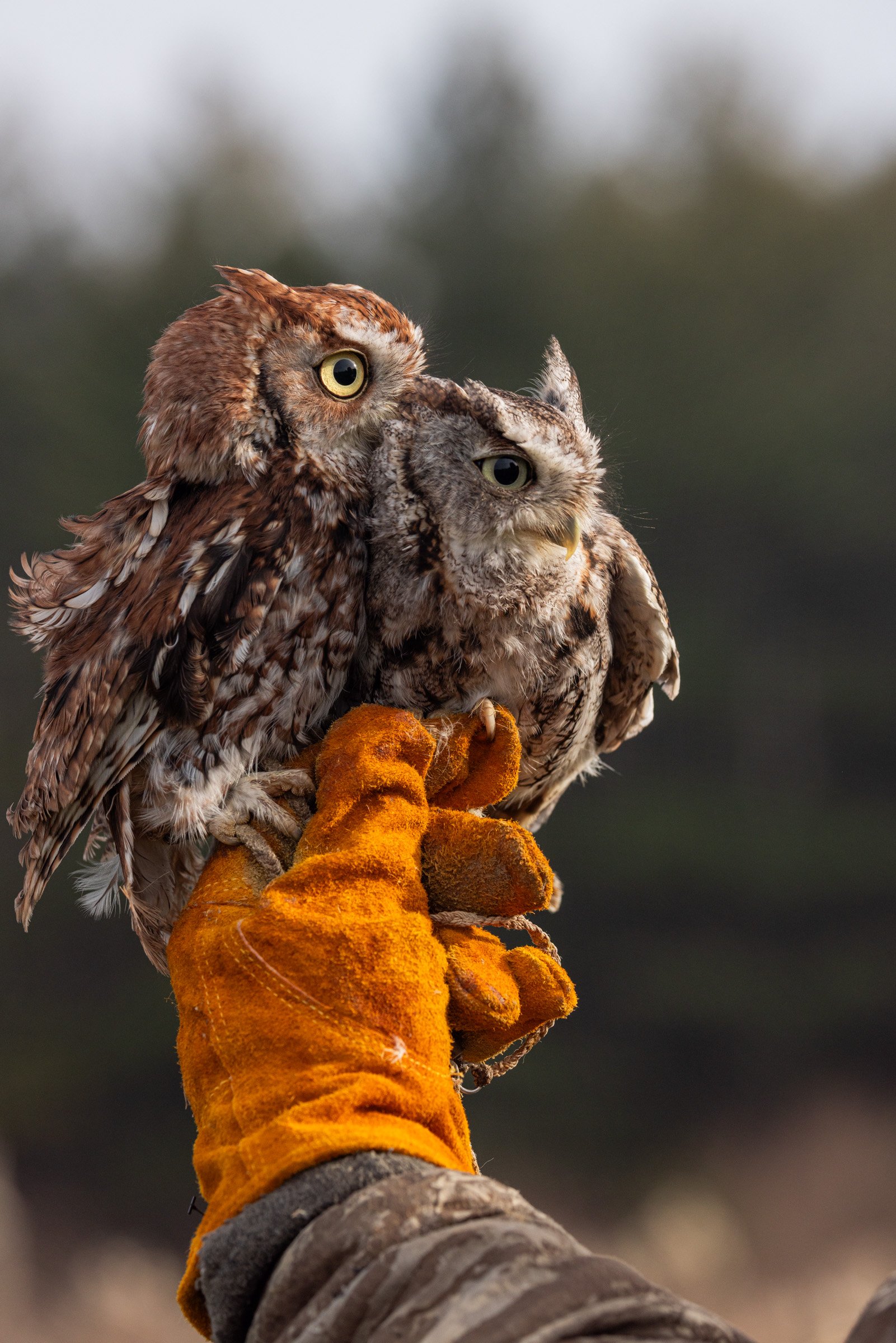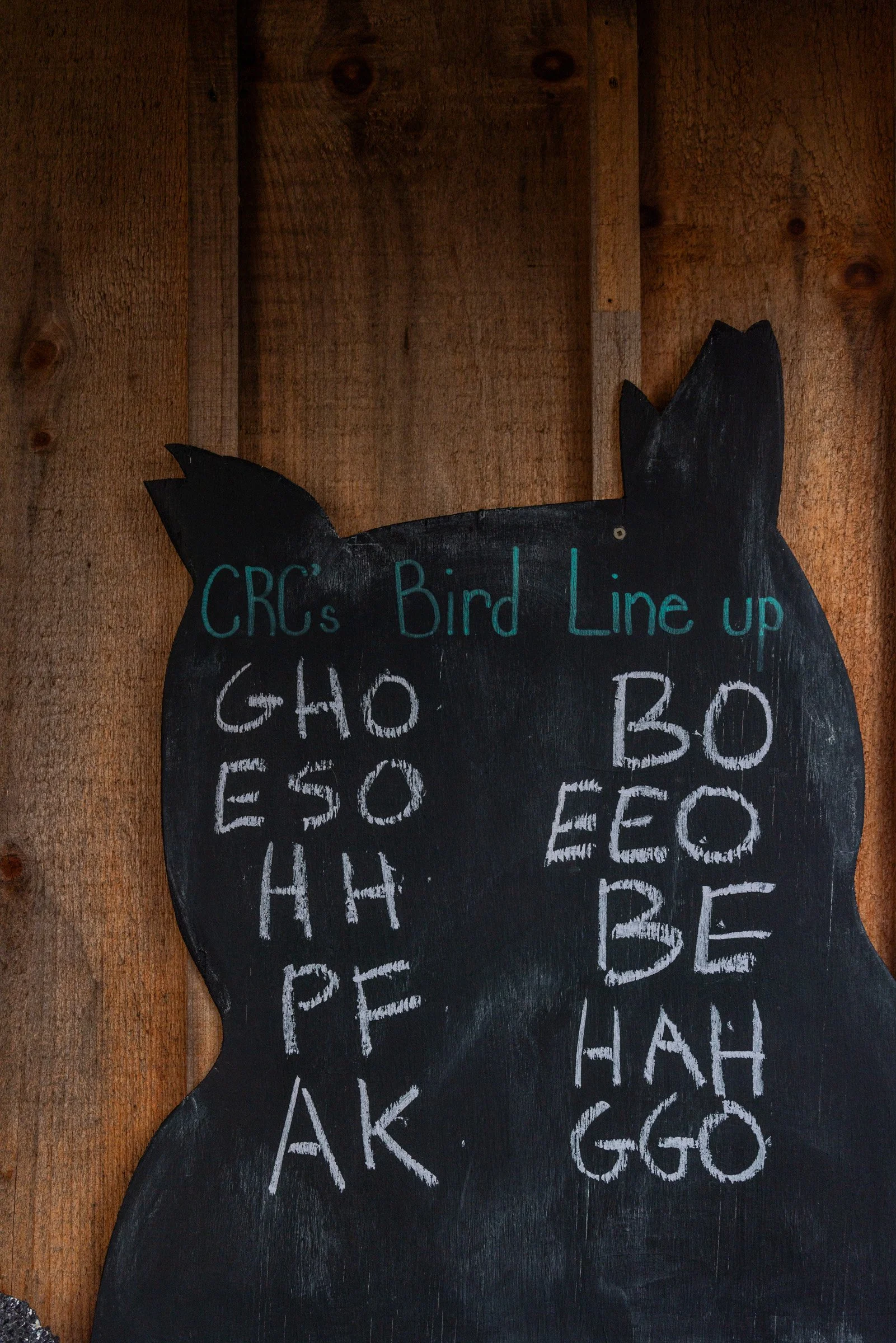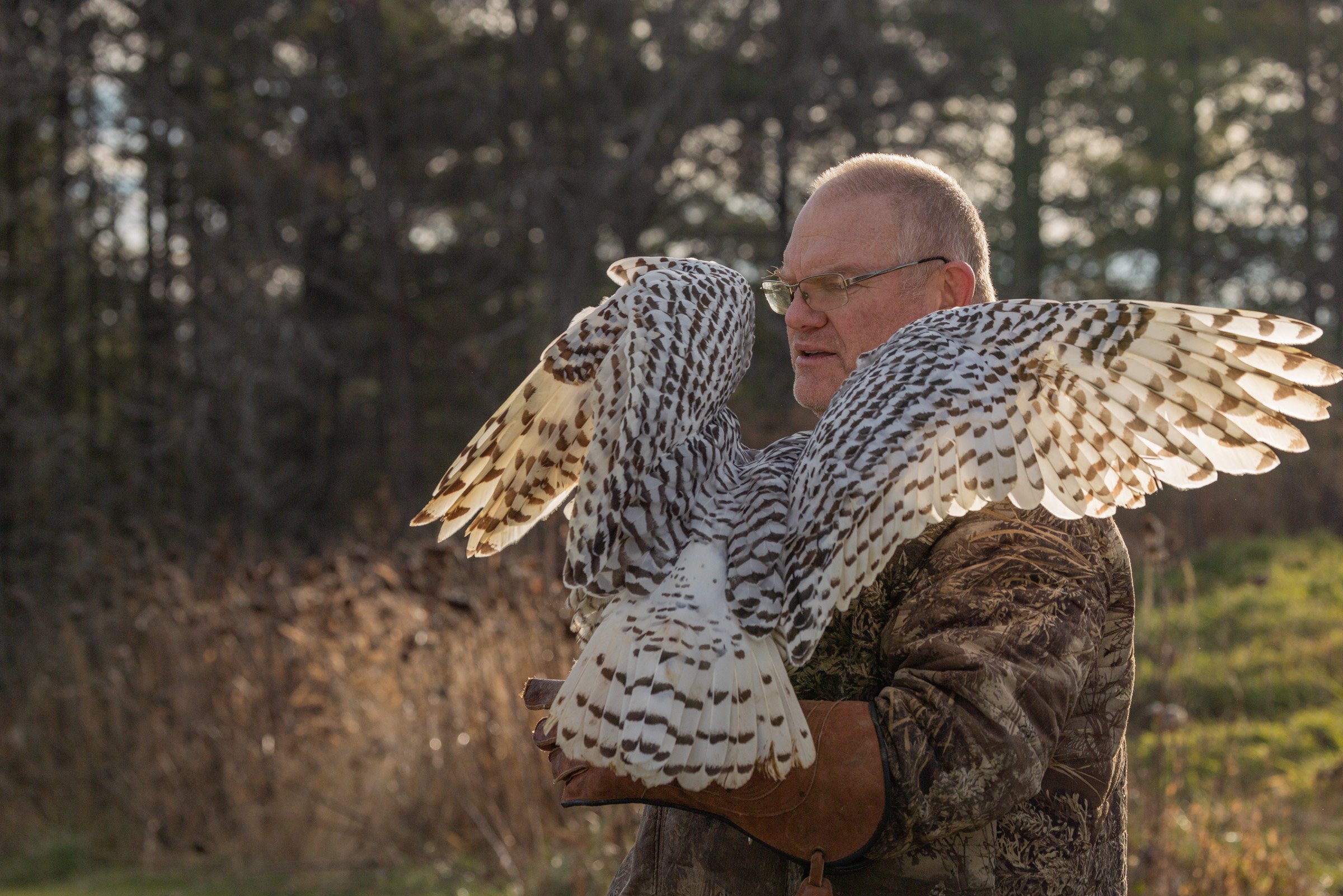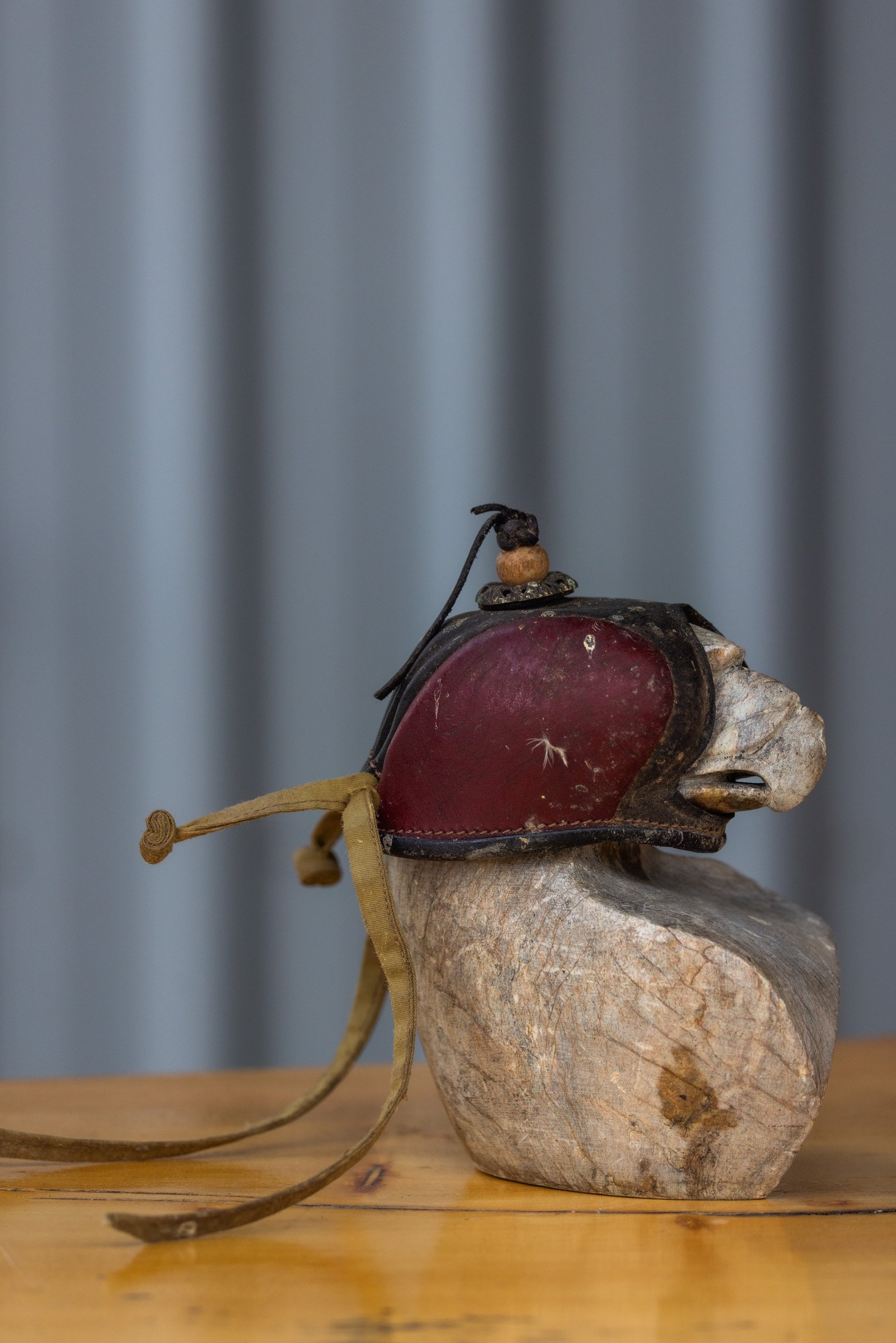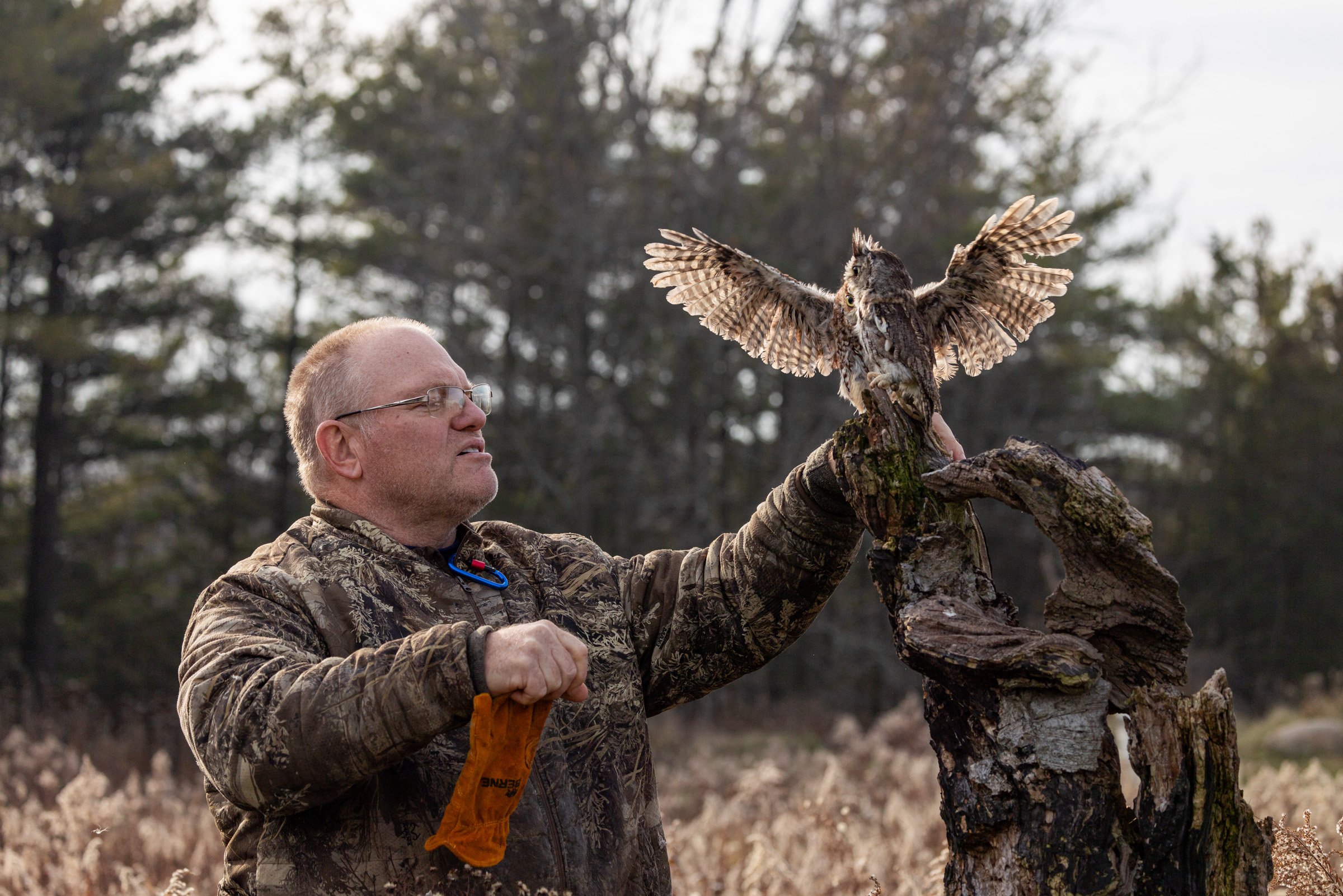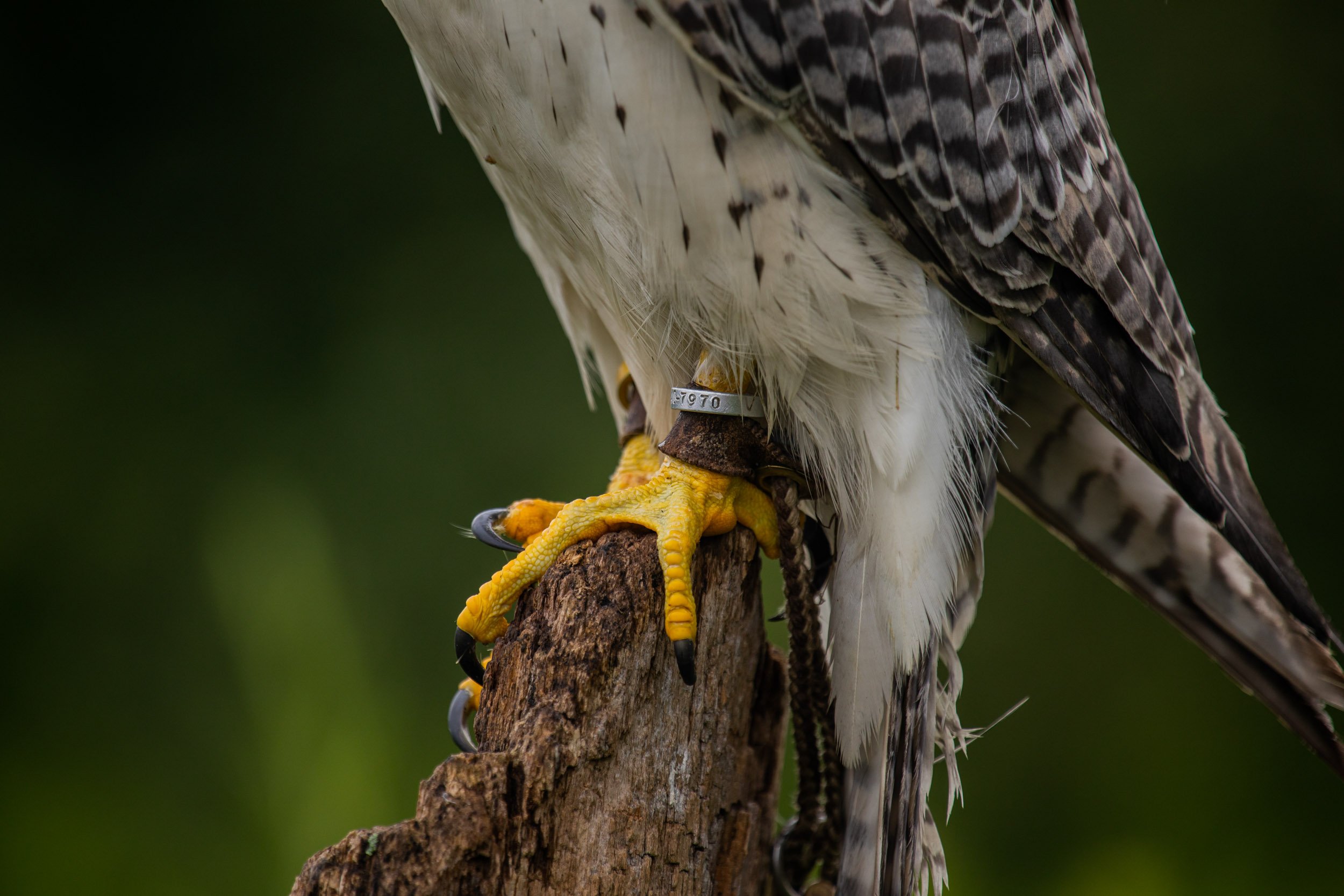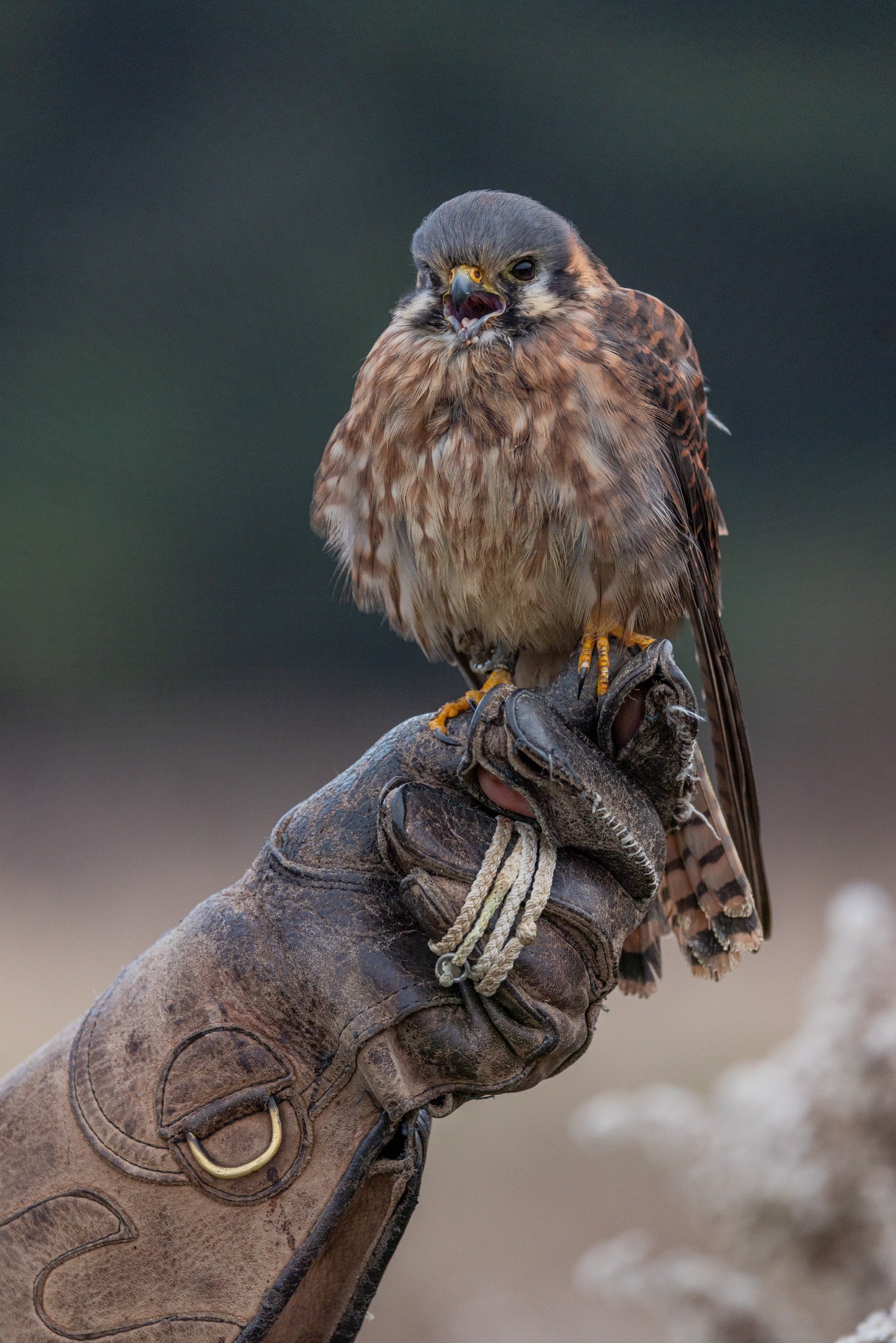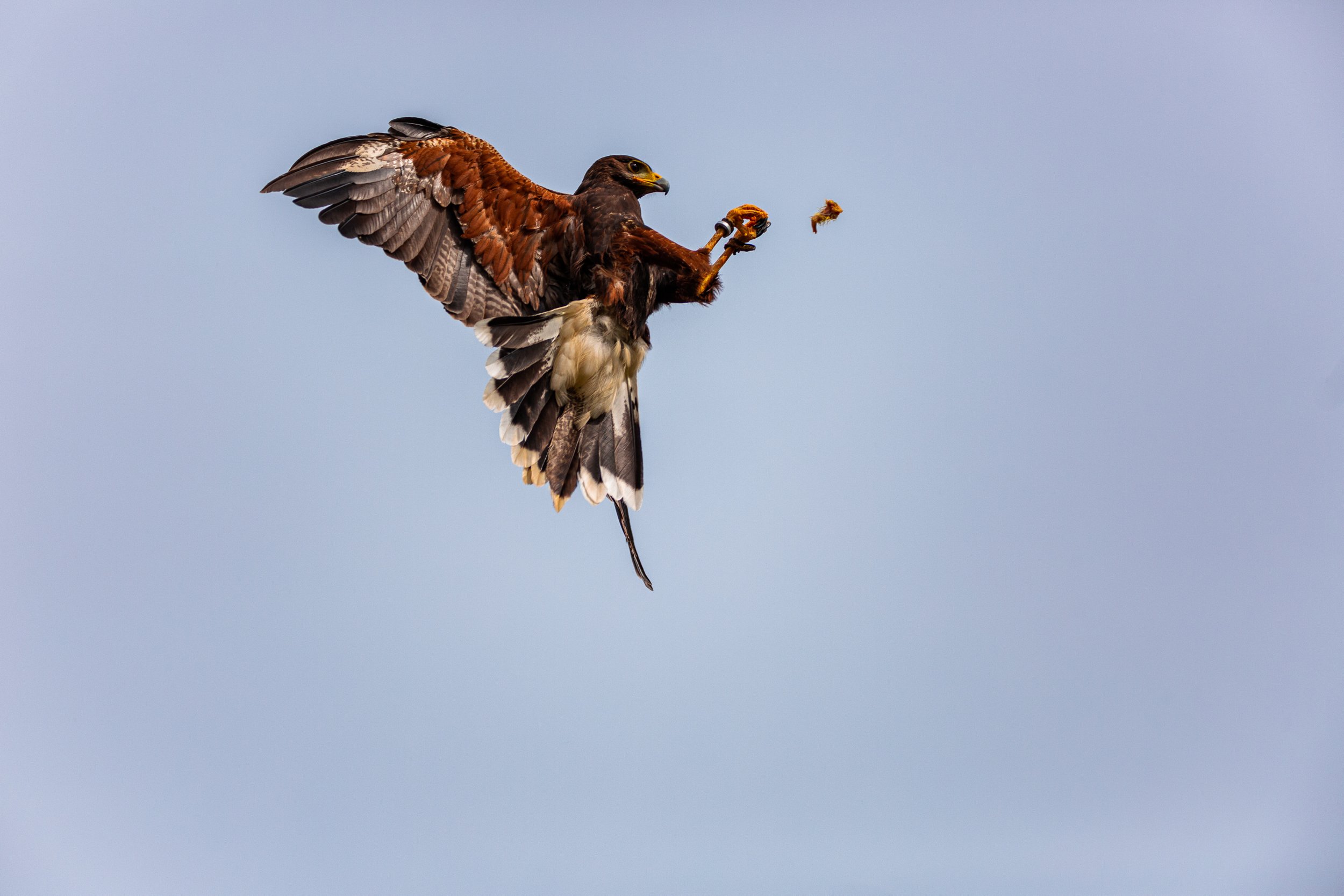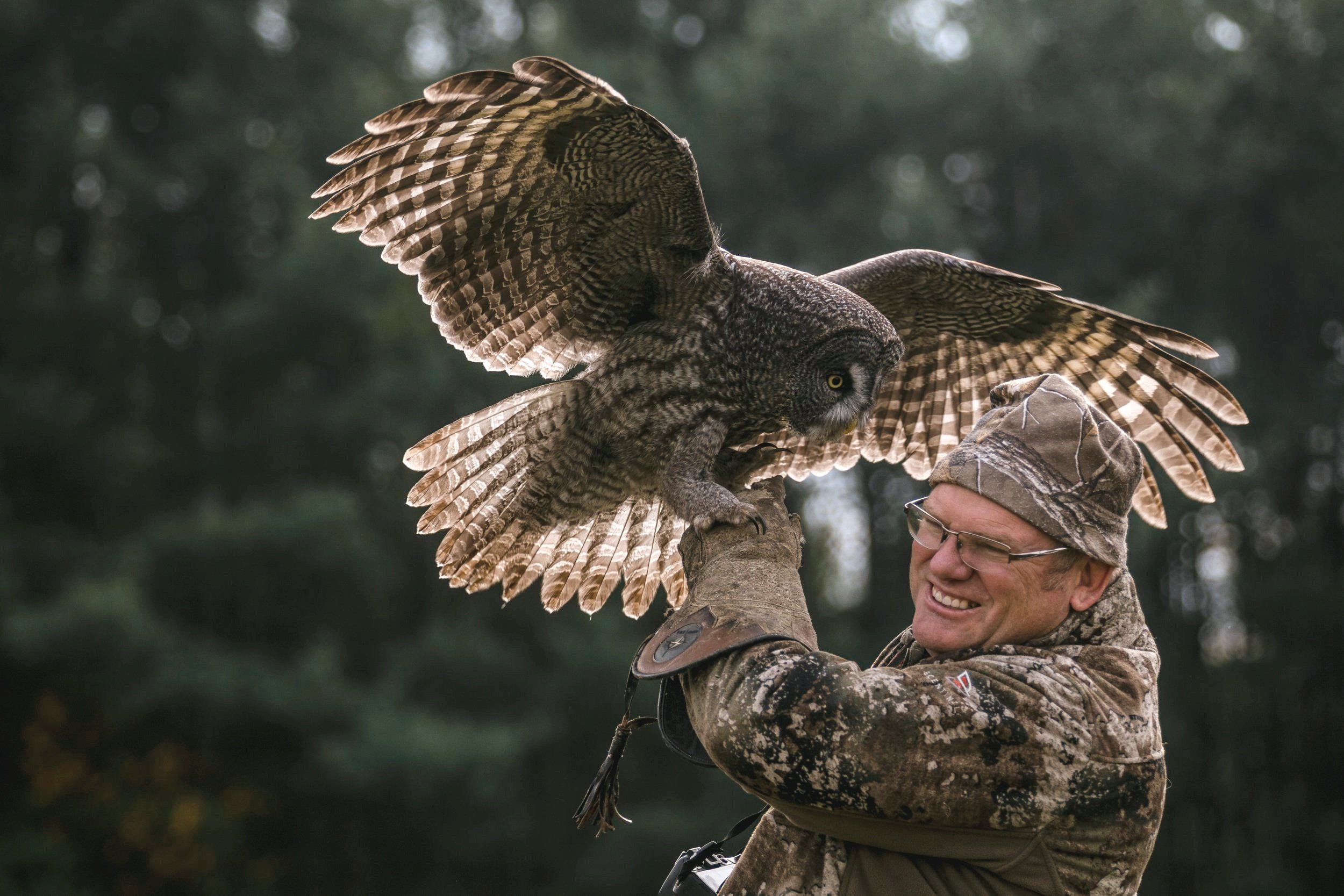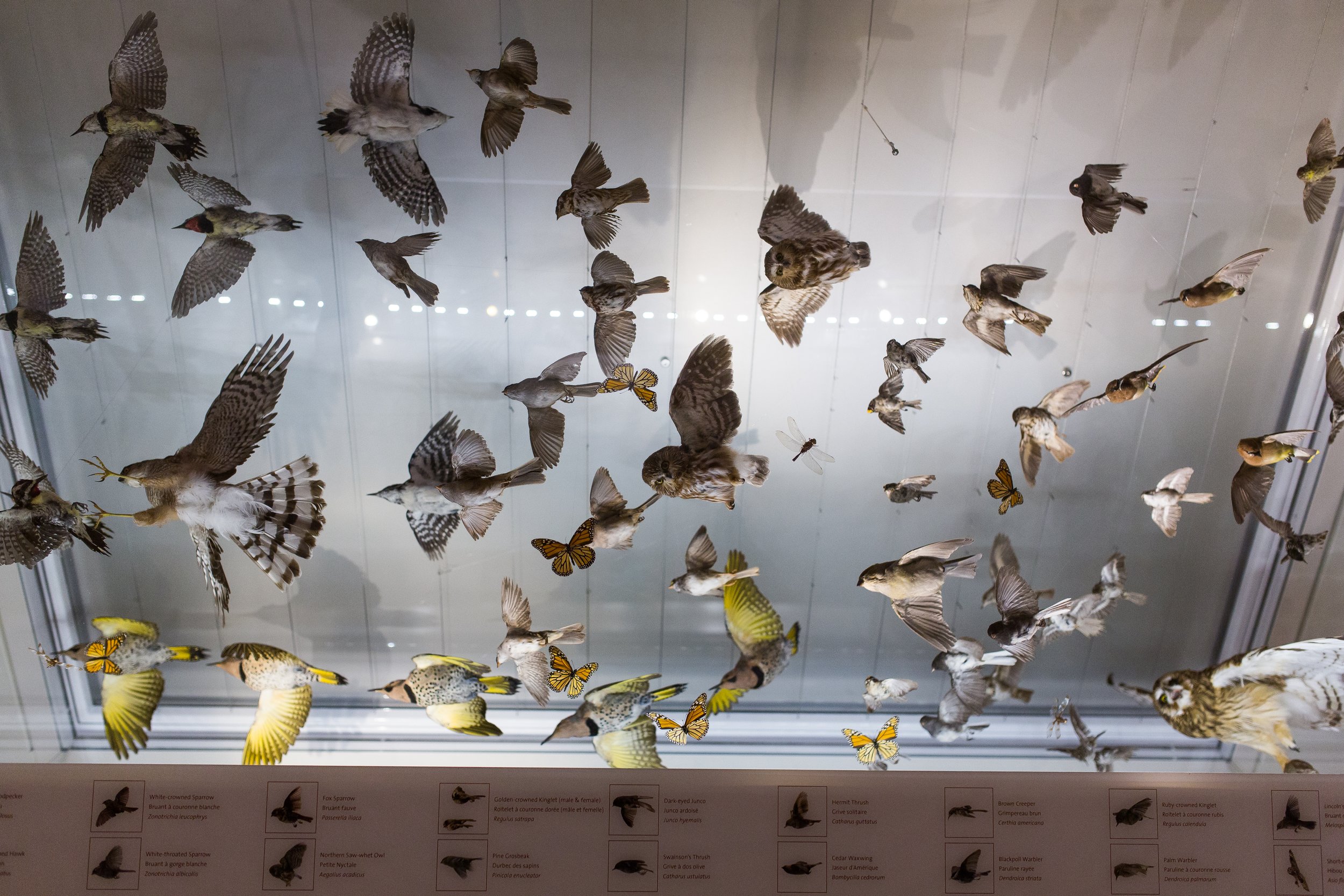
Falconry School
Birds of prey have always inspired and captivated us. They are silent predators from the sky, swooping down with speed, precision, and deadly intent. But they are also vulnerable. Unfortunately, raptors are declining at an alarming rate due to human influence. Globally, nearly 30% of raptors are considered threatened, vulnerable, endangered, or critically endangered. Thankfully, there is hope.
The Raptors, a conservation center located on Vancouver Island in British Colombia, Canada, brings people closer to birds of prey. Their goal is to educate, illuminate and inspire a sense of personal responsibility for the future of both birds of prey and the planet. In March 2023, I participated in a Week Long Falconry course, designed to teach the basics of handling, training, and hunting with a raptor tailored towards people interested in working with birds or taking up private falconry.
Harris Hawk (Parabuteo unicinctus) held proudly by David Volkert, Director of MARS Wildlife Rescue Center. Retired from a 44-year career as an international exploration geologist, David became involved in MARS when he brought an injured fawn to the wildlife hospital. After attending the 2019 AGM, David was hooked and immediately volunteered as a wildlife caregiver, enrolled in and completed the Ambassador Handling Program, worked with the trail maintenance and on-site construction groups and has now obtained his certification in Basic Wildlife Rehabilitation. David is the chair of our Ambassador Bird steering committee. David joined the MARS board in June 2021, applying his professional, board and C-suite experience, and remains immersed in caregiving and raptor handling.
Raptors are obligate carnivores - they can only digest raw meat. In captivity, they do best when they have a "whole prey" diet which means they have access to all the parts of an animal - skin, fur, feathers, organs, muscles, bone - in their diet. A bird fed only chicken breast meat will have multiple nutritional deficiencies.
Golden Eagle (Aquila chrysaetos) feather coloration.
Harris's hawk (Parabuteo unicinctus).
Golden Eagle (Aquila chrysaetos) are known for their excellent vision. They can see up to 8 times better than humans and spot their prey from 2 miles away (3.2km). This incredible feat is due to their large eyes and particular adaptations, such as a high number of light-sensitive cells.
Bald Eagle ( Haliaeetus leucocephalus) being held by falconers in preparation for "coping", the process of trimming the beak.
Bald Eagle ( Haliaeetus leucocephalus). In human care, beaks often need trimming and shaping to keep them the proper length. It doesn't hurt the bird to do this (as long as you take care not to hit the quick) while letting a beak grow too long can impact a raptor's ability to rip and tear apart their food.
Chili, the Peregrine Falcon (Falco peregrinus) with injured right talon.
Chili, the Peregrine Falcon (Falco peregrinus). The peregrine is renowned for its speed. It can reach over 320km/h during its characteristic hunting stoop making it the fastest member of the animal kingdom. The highest measured speed of a peregrine falcon is 389km/h.
Hoods are another commonly used piece of falconry equipment. A hood fits over a raptor's head and helps block out visual stimuli. A hood is helpful to keep a bird relaxed and comfortable when beginning training, when transporting and in other potentially stressful situations. It is also helpful to keep "excitable" birds calm before flying when they anticipate they will be flying/hunting soon.
A local group of biologists and falconers created the Pacific Northwest Raptors Centre in Duncan, British Colombia, Canada, in to educate, illuminate and encourage a sense of personal responsibility for the future of these magnificent birds. With this better understanding, we see that they are an essential part of the delicate ecological balance of our planet.
A Bird Bating - the action of a bird that is tethered attempting to jump or fly off the glove or perch. This can be because of excitement, nervousness or being startled.
American Kestrel (Falco sparverius) with a mouse in its talons. This bird is mantling, a behavior when a raptor spreads its wings and haunches over its prey while eating it, and is likely a way to prevent other raptors or animals from seeing and stealing their prey.
American Kestrel (Falco sparverius) weighing in at 126 grams. Birds of prey have an ideal flying and hunting weight - a weight where they are motivated to fly for food or to hunt but are also able to maintain their fitness and health. Weight management is crucial.
Great Grey/Gray Owl (Strix nebulosa) is the world's largest owl species by length. They have broad wings and a long tail. Much of its size is deceptive, since this species' fluffy feathers obscure a body lighter than most other large owls. They are big headed owls with a large facial disk. In some areas this bird is called the Phantom of the North.
Harris's hawk (Parabuteo unicinctus)
Harris's hawk (Parabuteo unicinctus) held by Jacob Hascarl.
Perches and weathering areas are designed to allow falconry birds to spend time outside of their aviaries, if they are comfortable doing so. Raptors spend the majority of their day sitting so perches allow them to simulate that wild behavior. Time outside is important for feather condition and vitamin D absorption. Typically weather areas are enclosed with fencing or netting to prevent any predators from entering.
A collection of falconry hoods and perches. Hoods are another commonly used piece of falconry equipment. A hood fits over a raptor's head and helps block out visual stimuli. A hood is helpful to keep a bird relaxed and comfortable when beginning training, when transporting and in other potentially stressful situations. It is also helpful to keep "excitable" birds calm before flying when they anticipate they will be flying/hunting soon.
Harris's hawk (Parabuteo unicinctus). held proudly by Petrina Hiinahcit.
bald eagle ( Haliaeetus leucocephalus)
Predatory Bird Portraits

